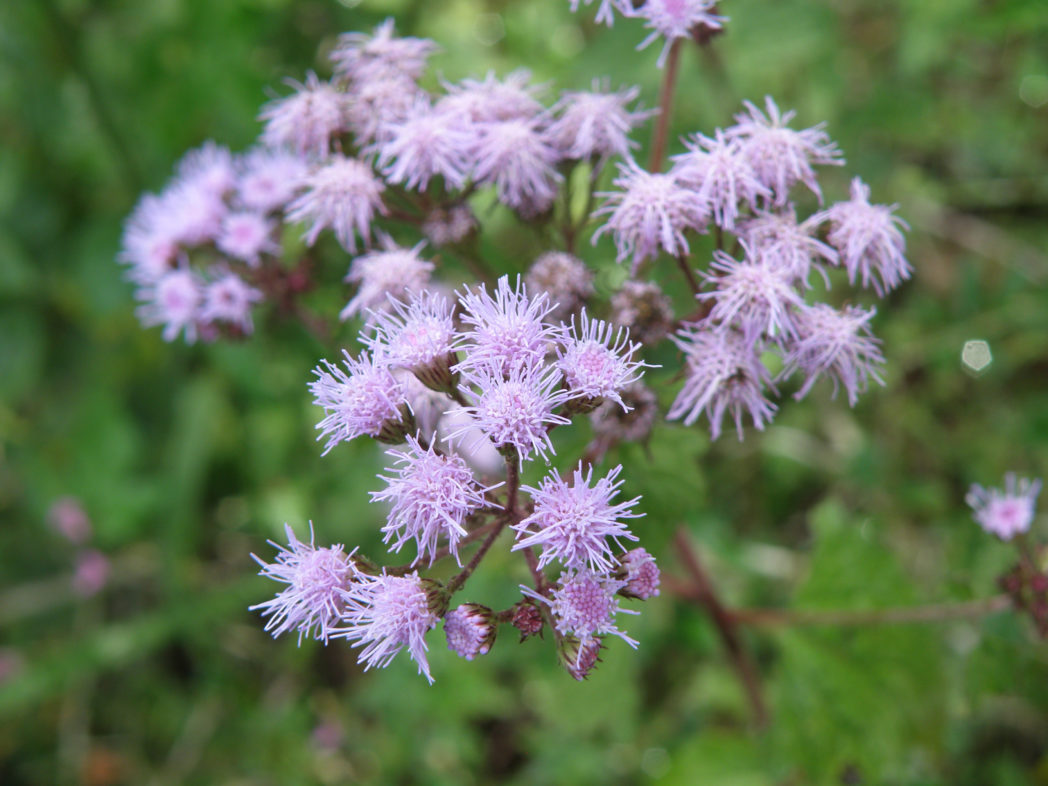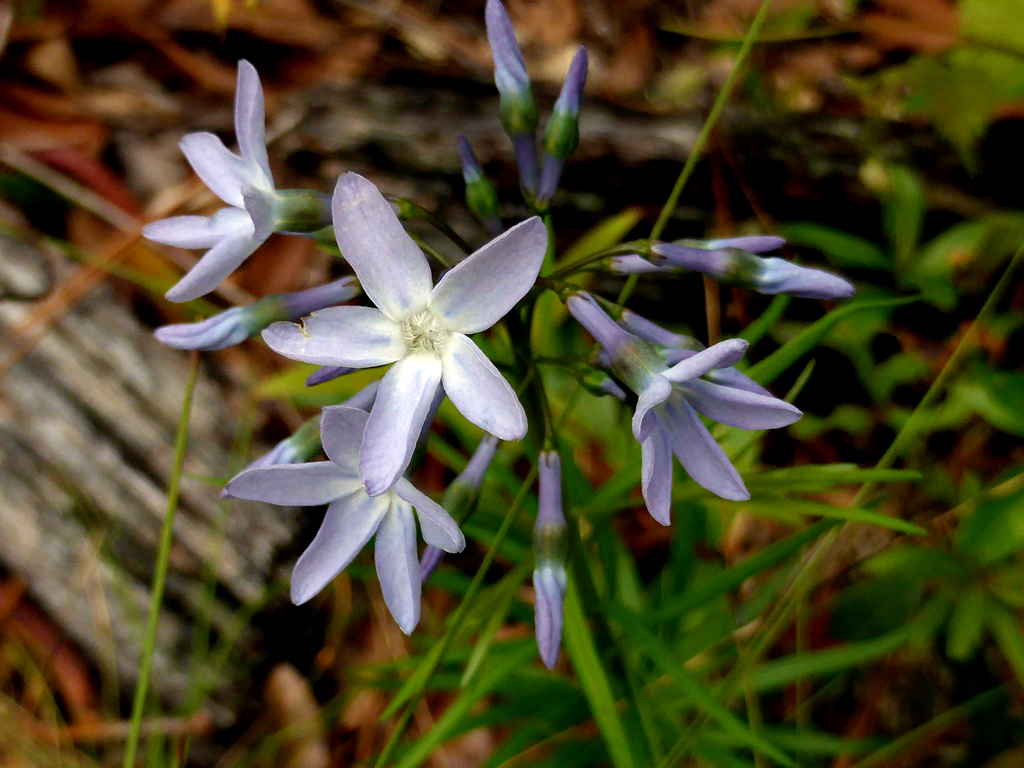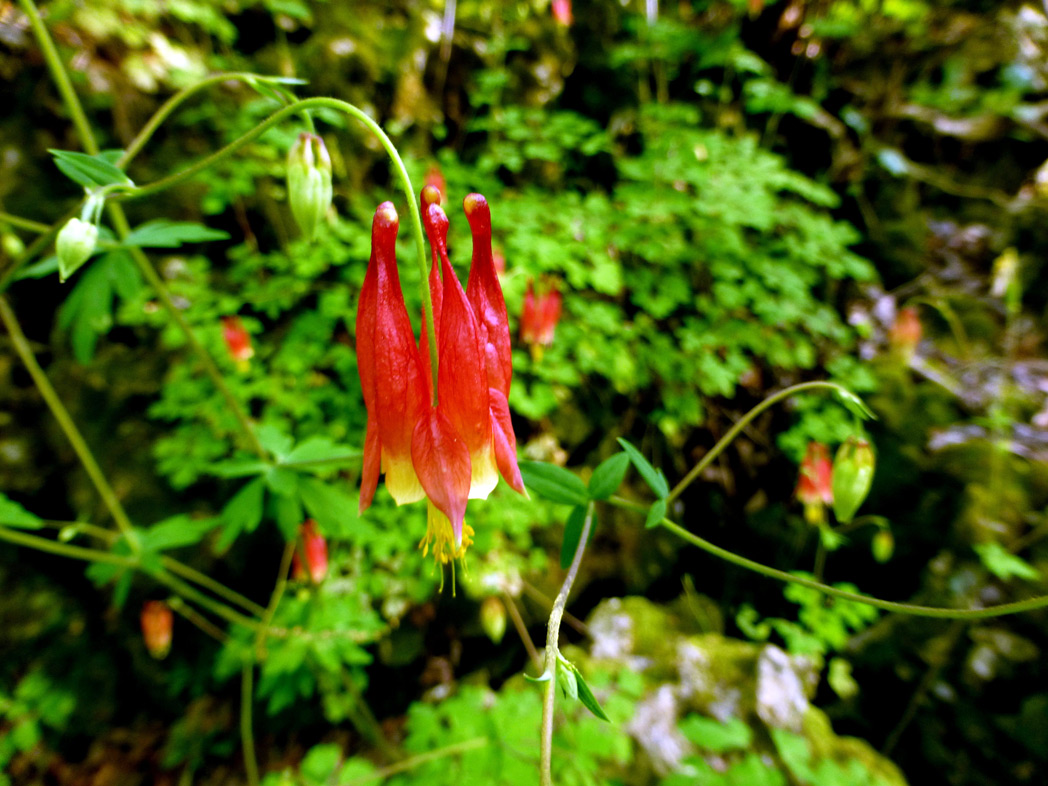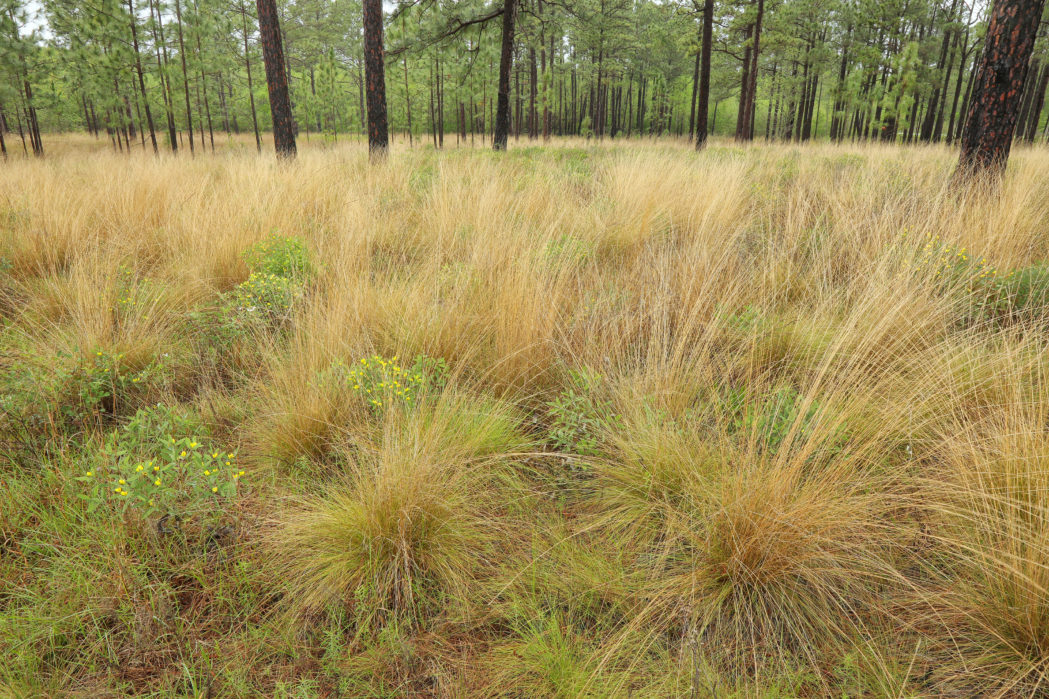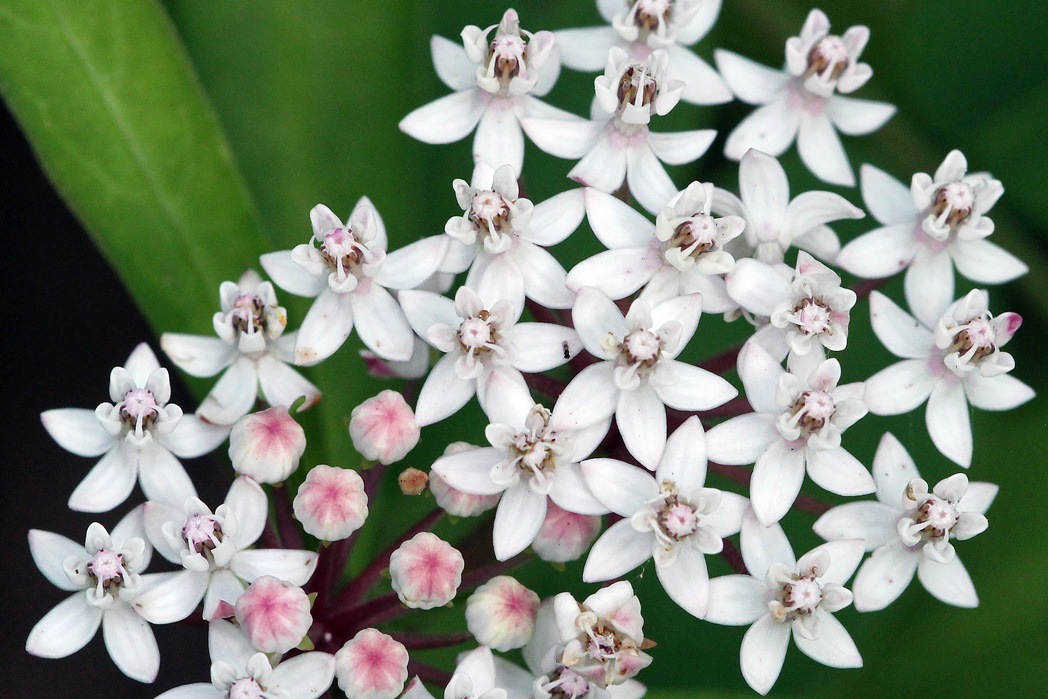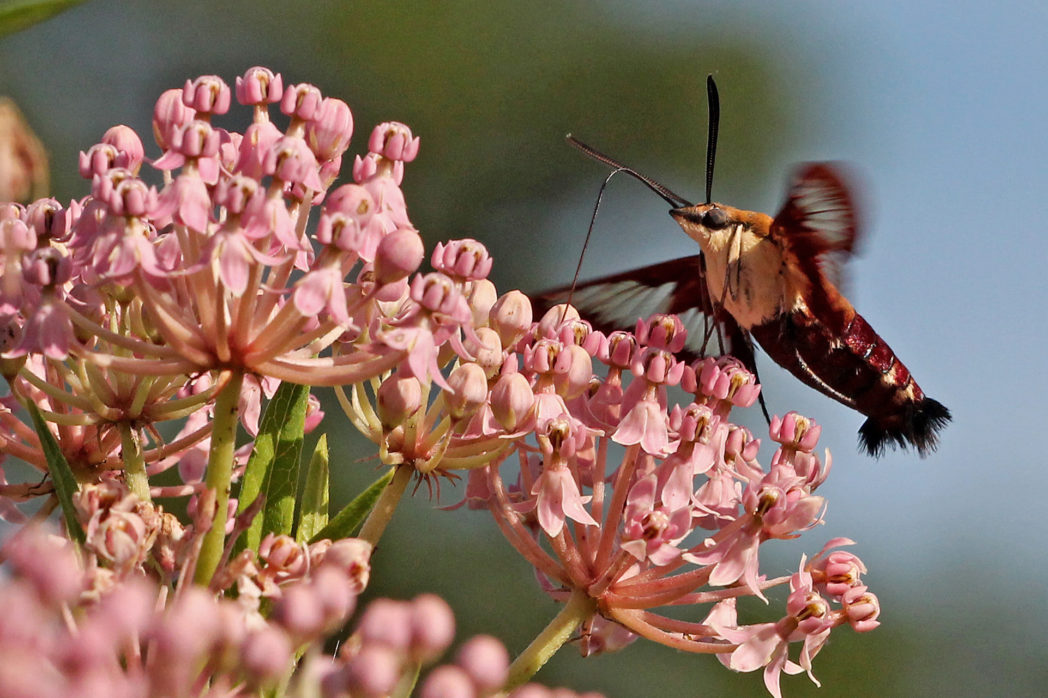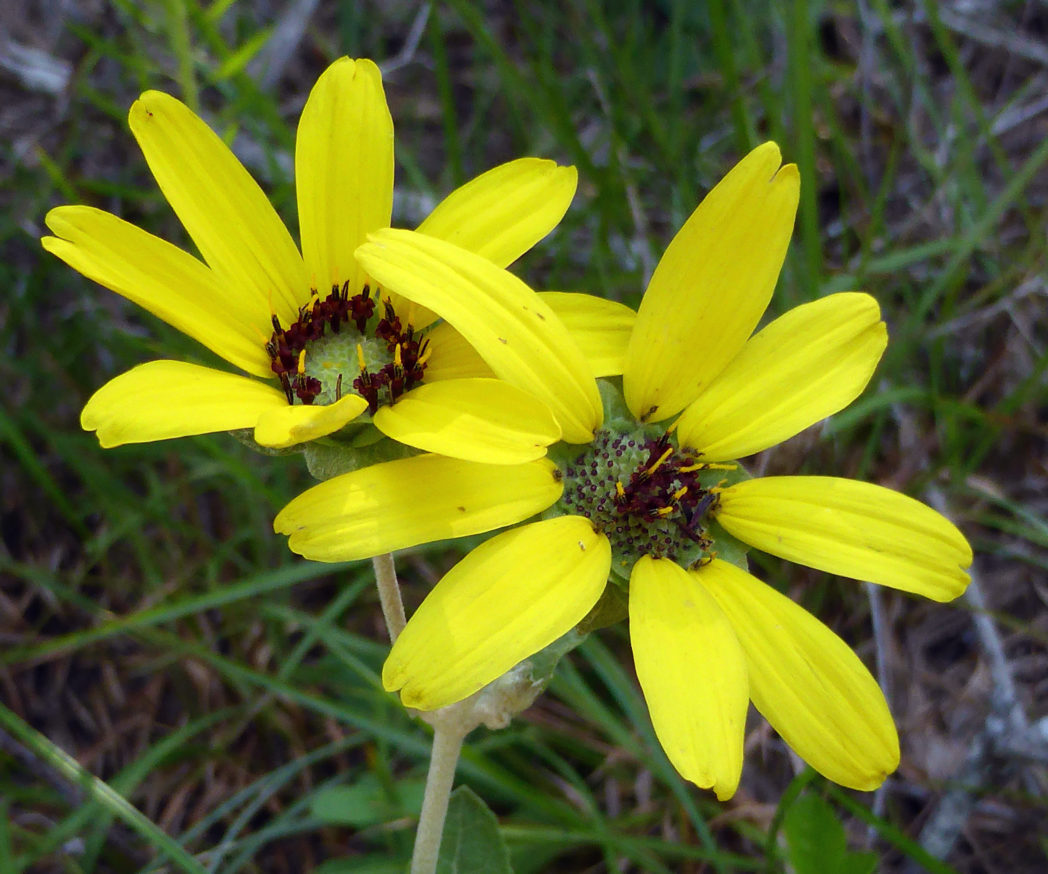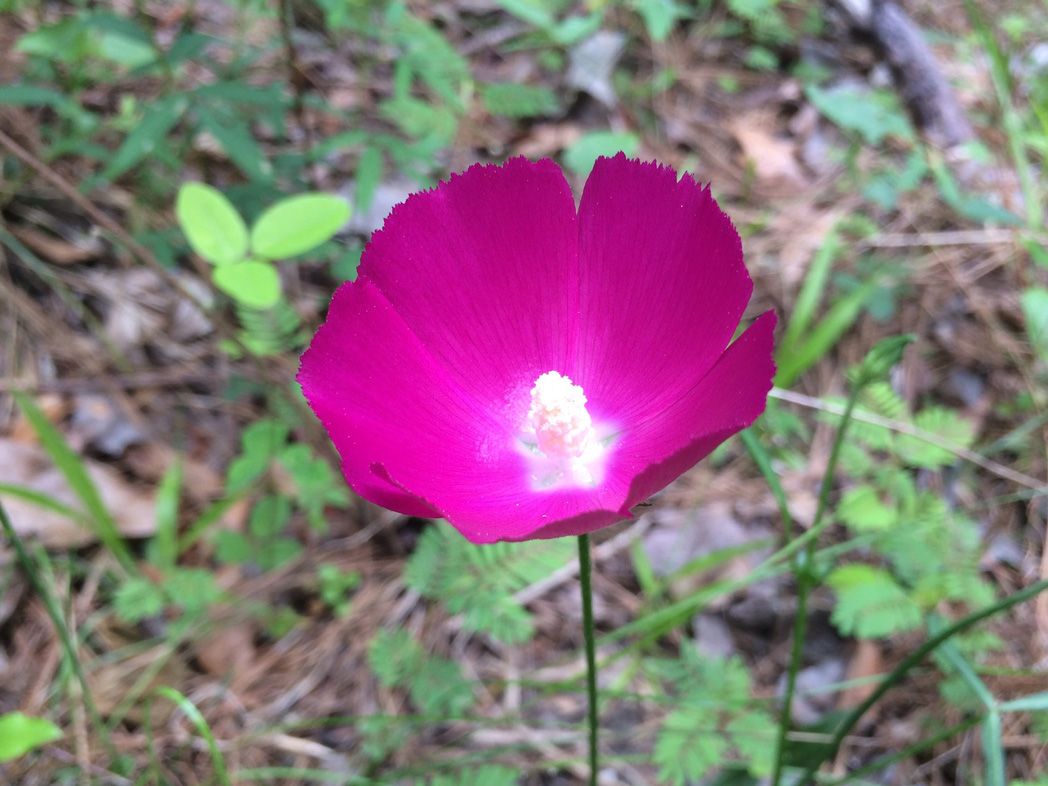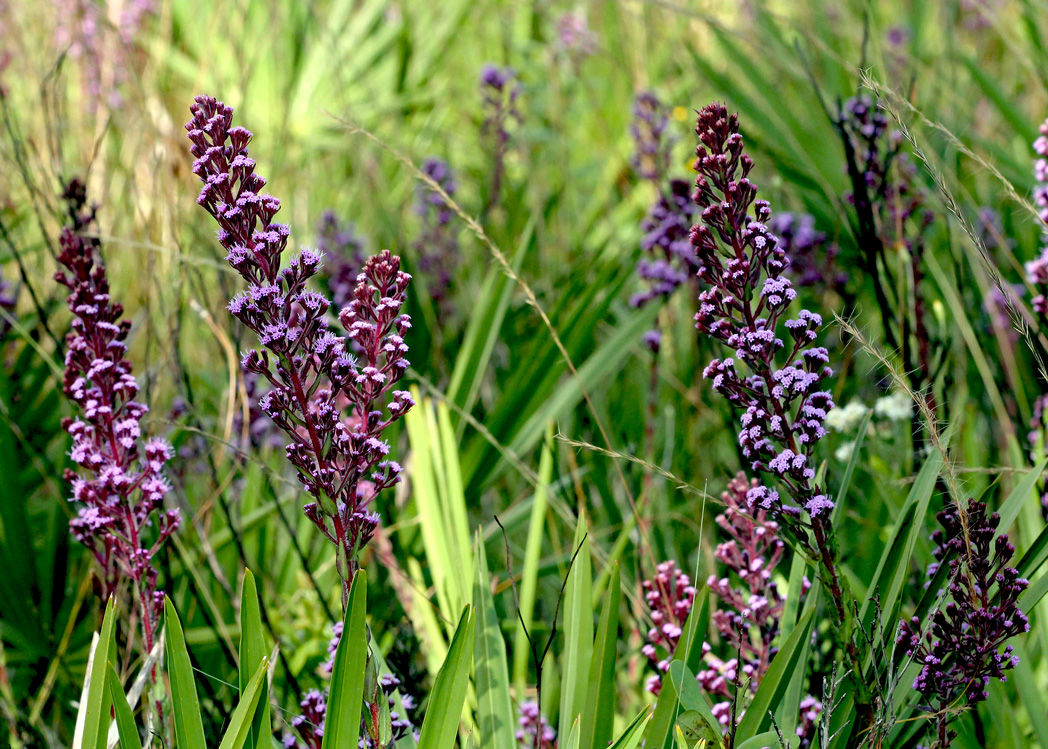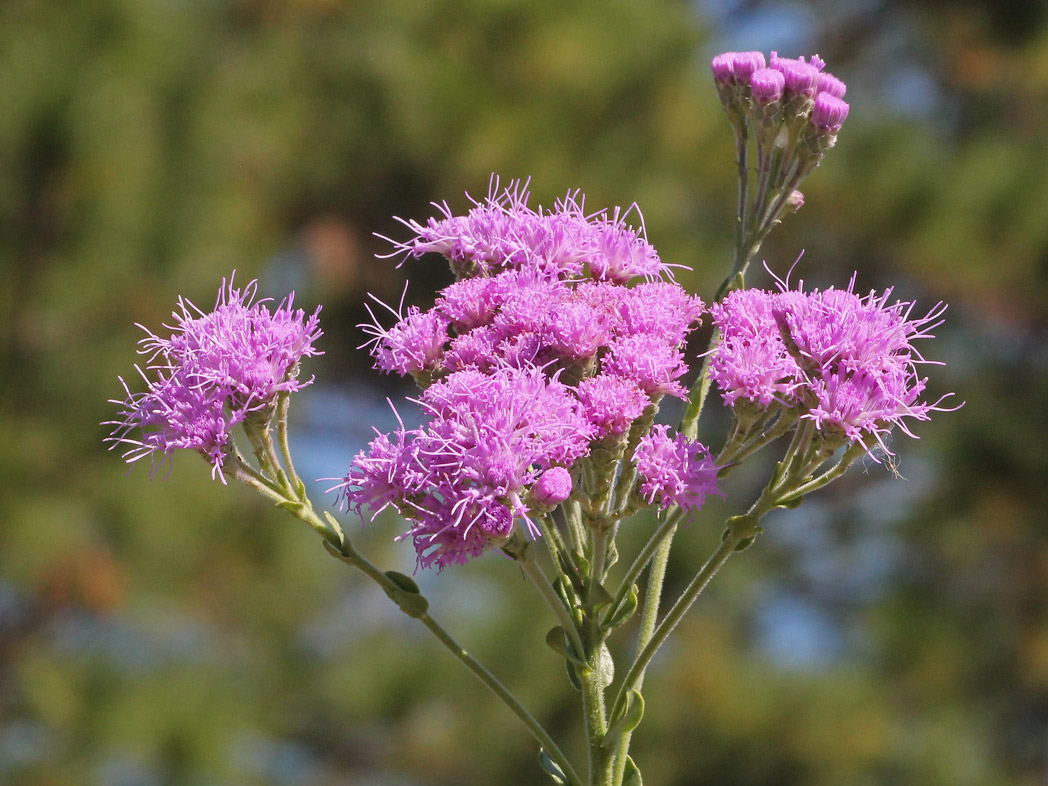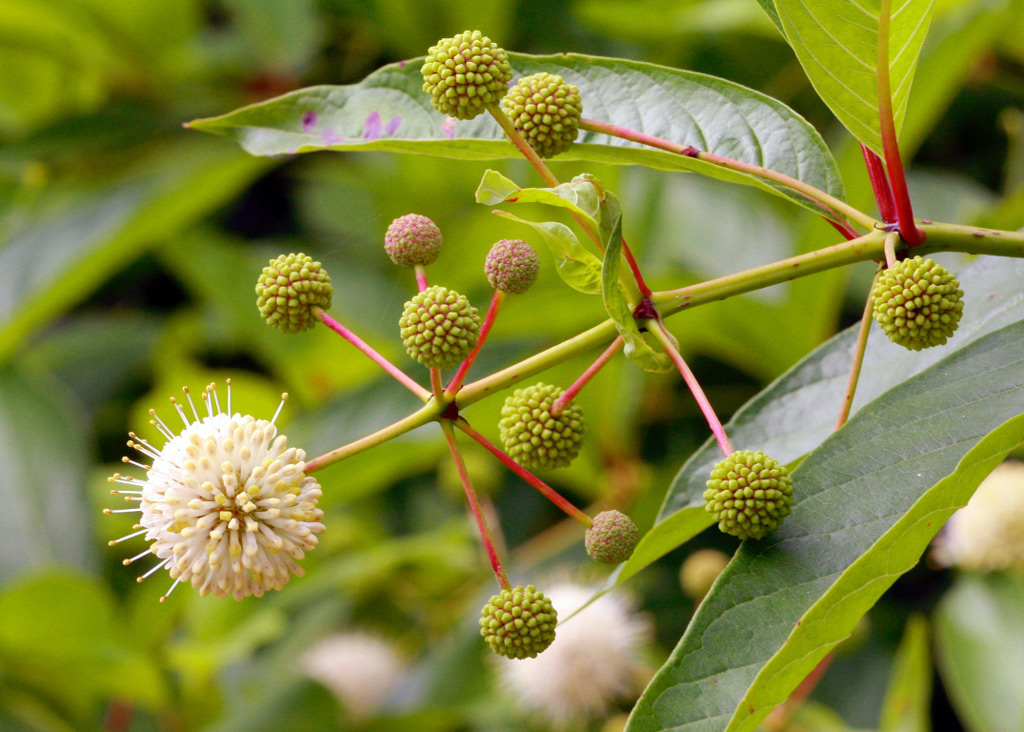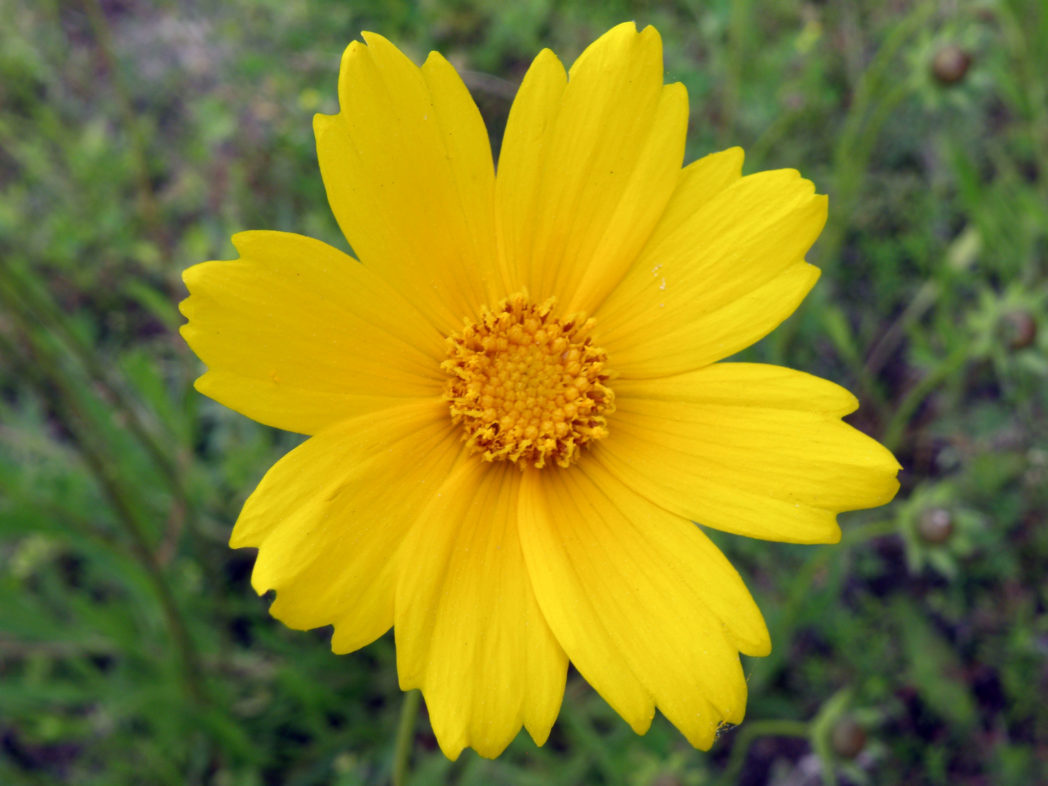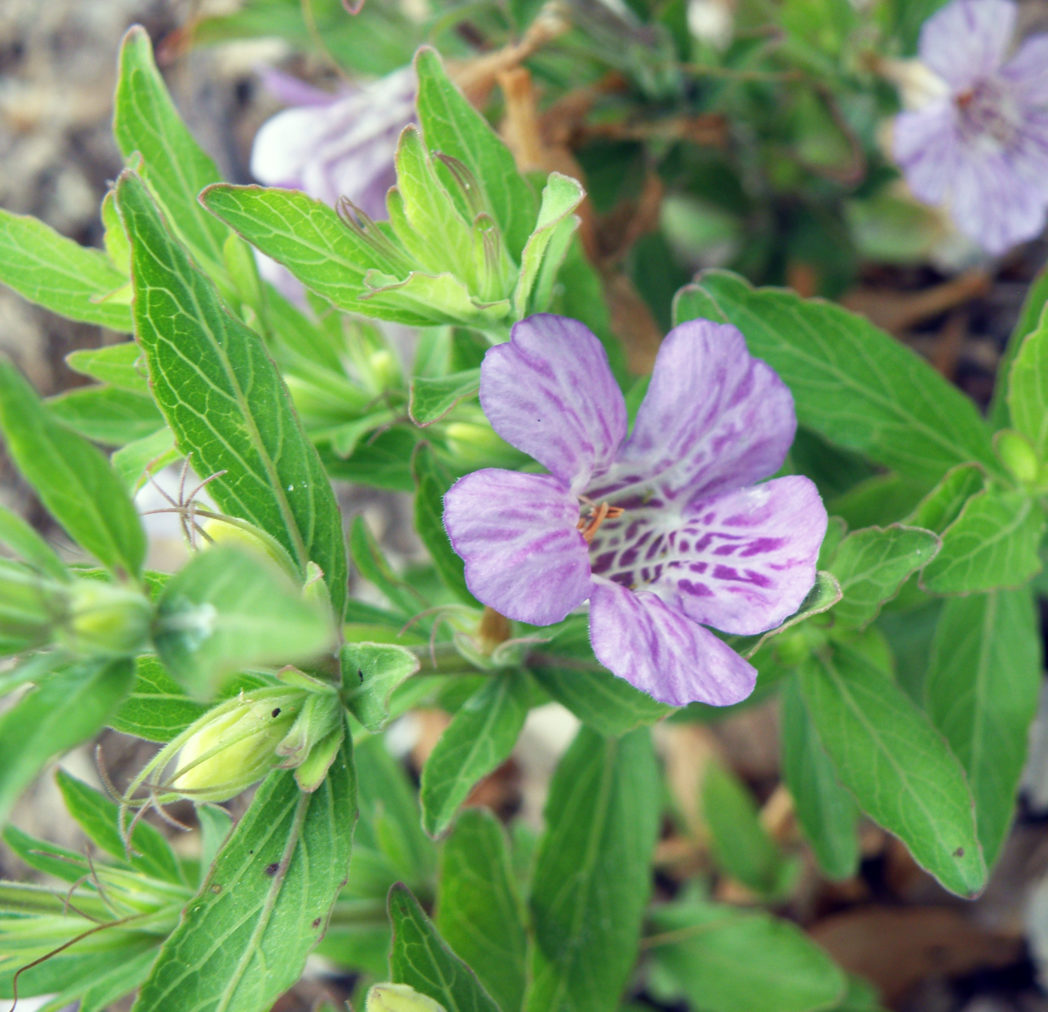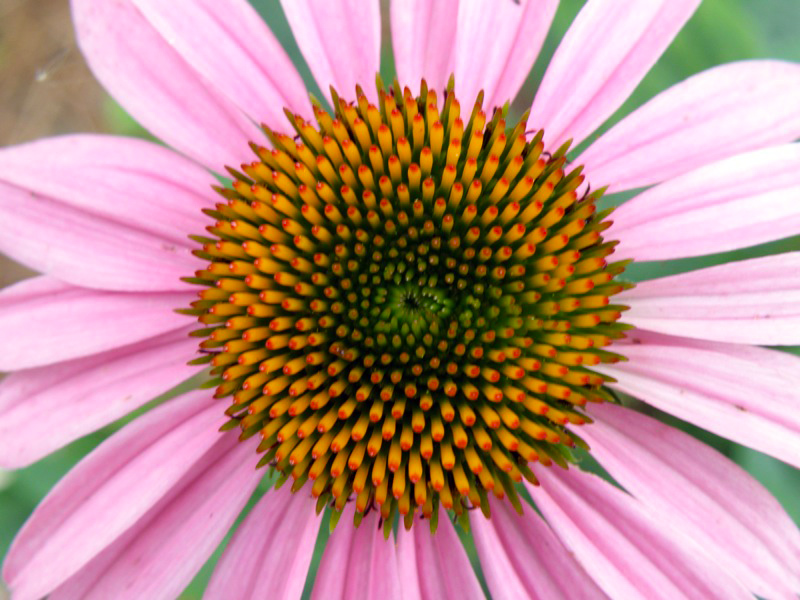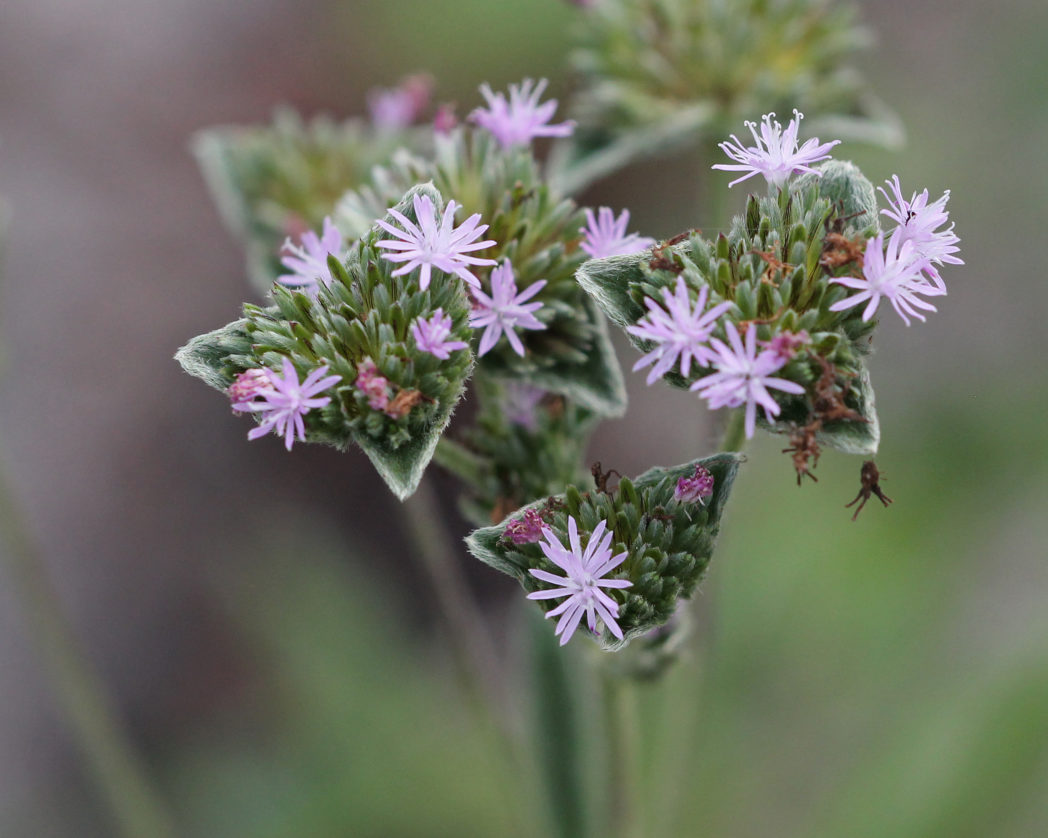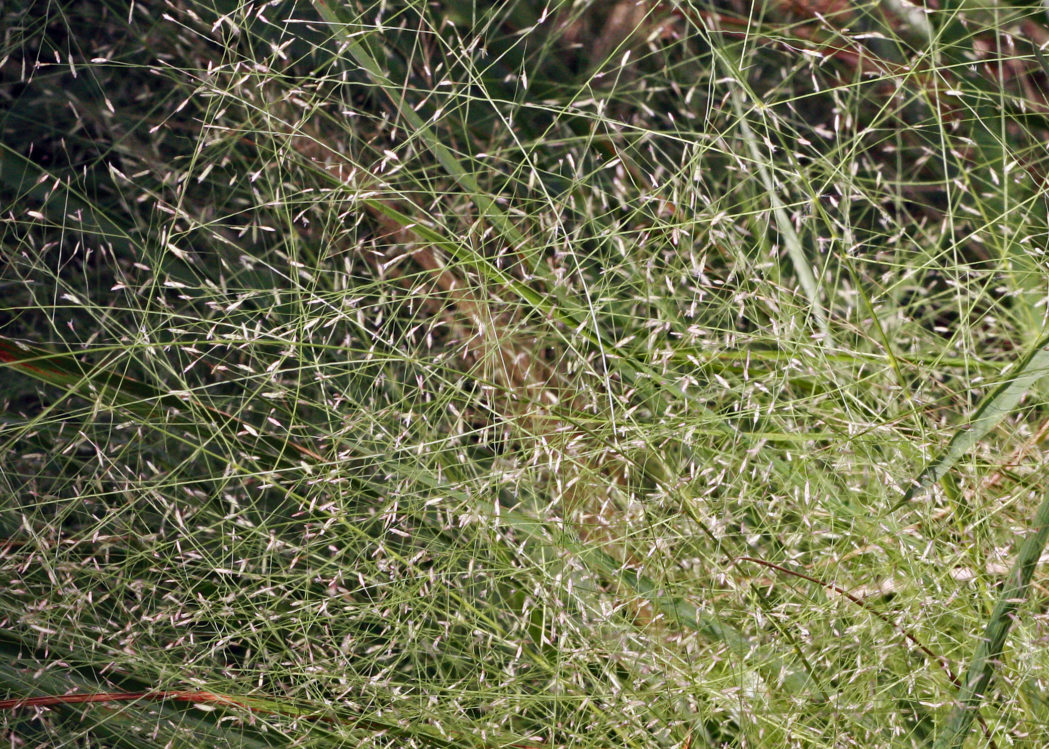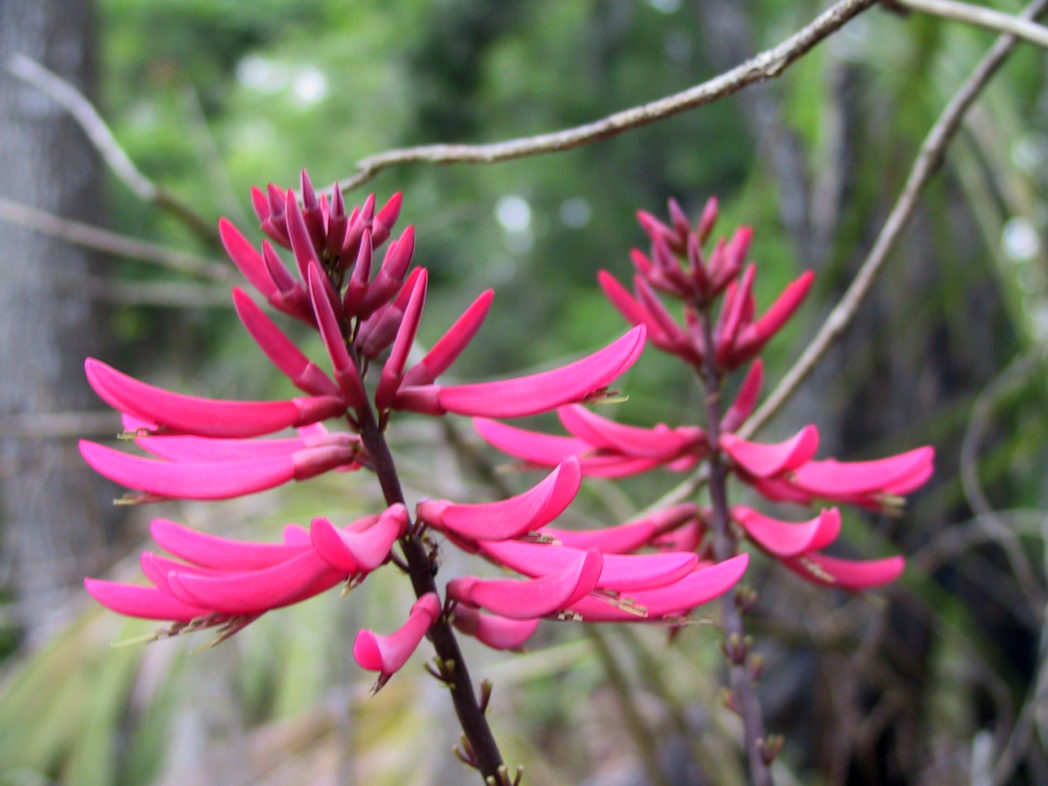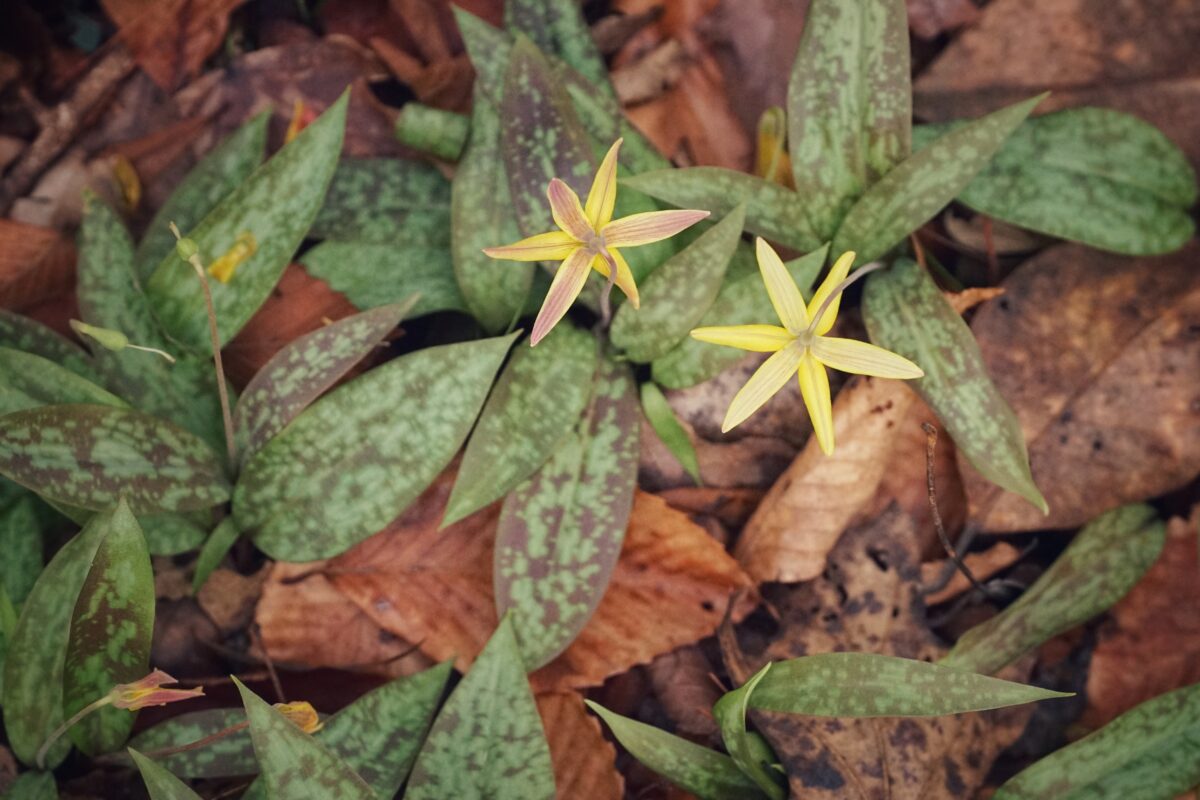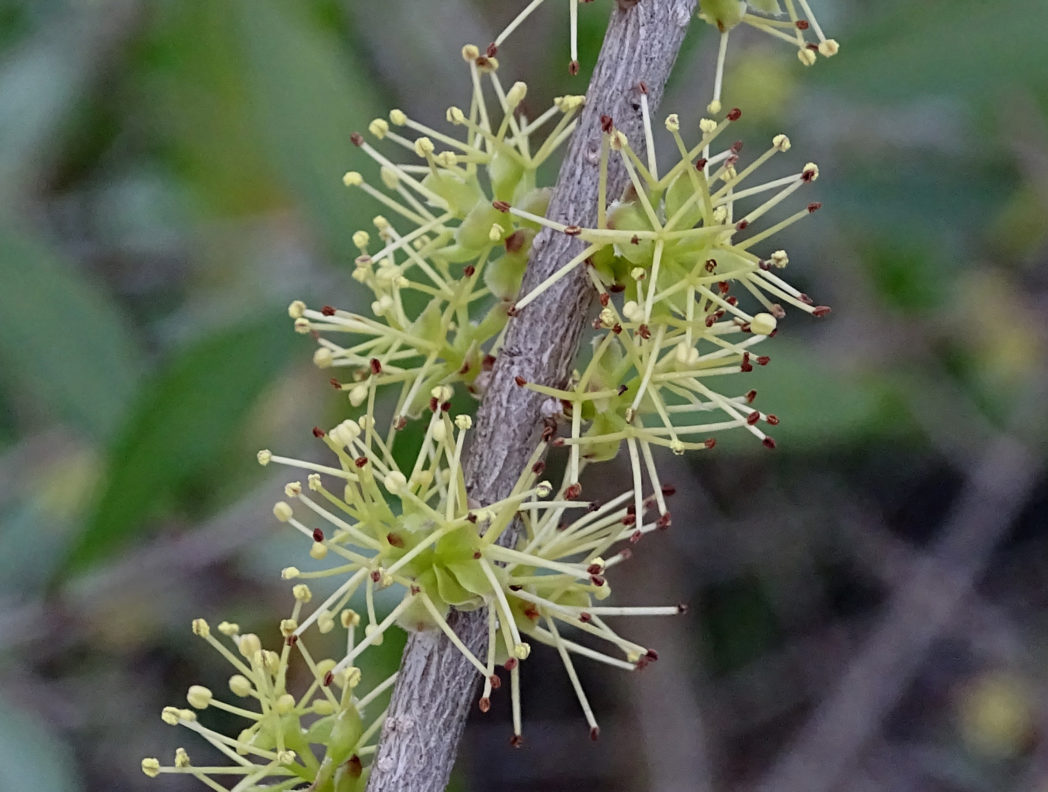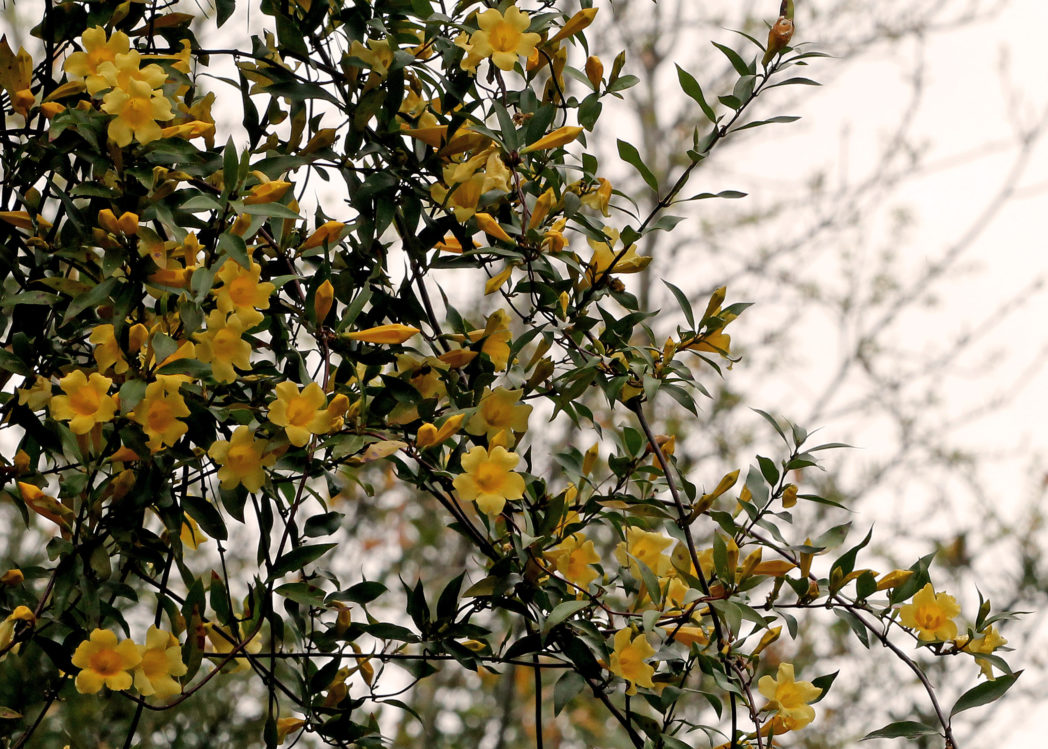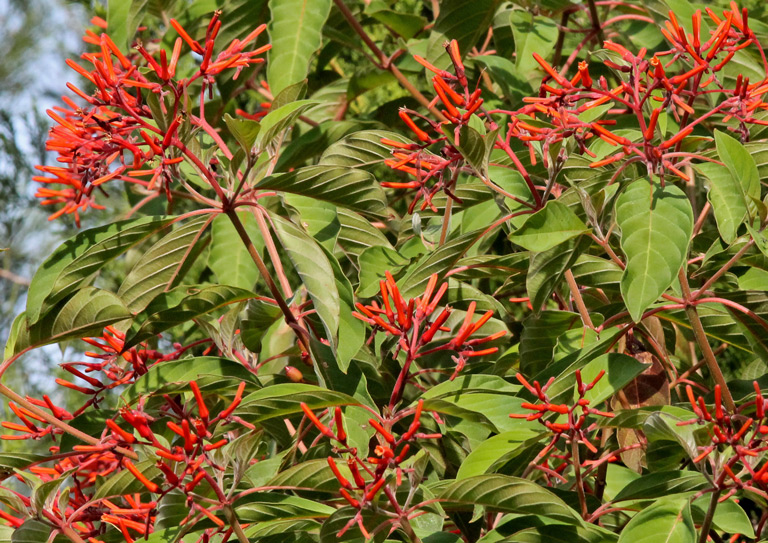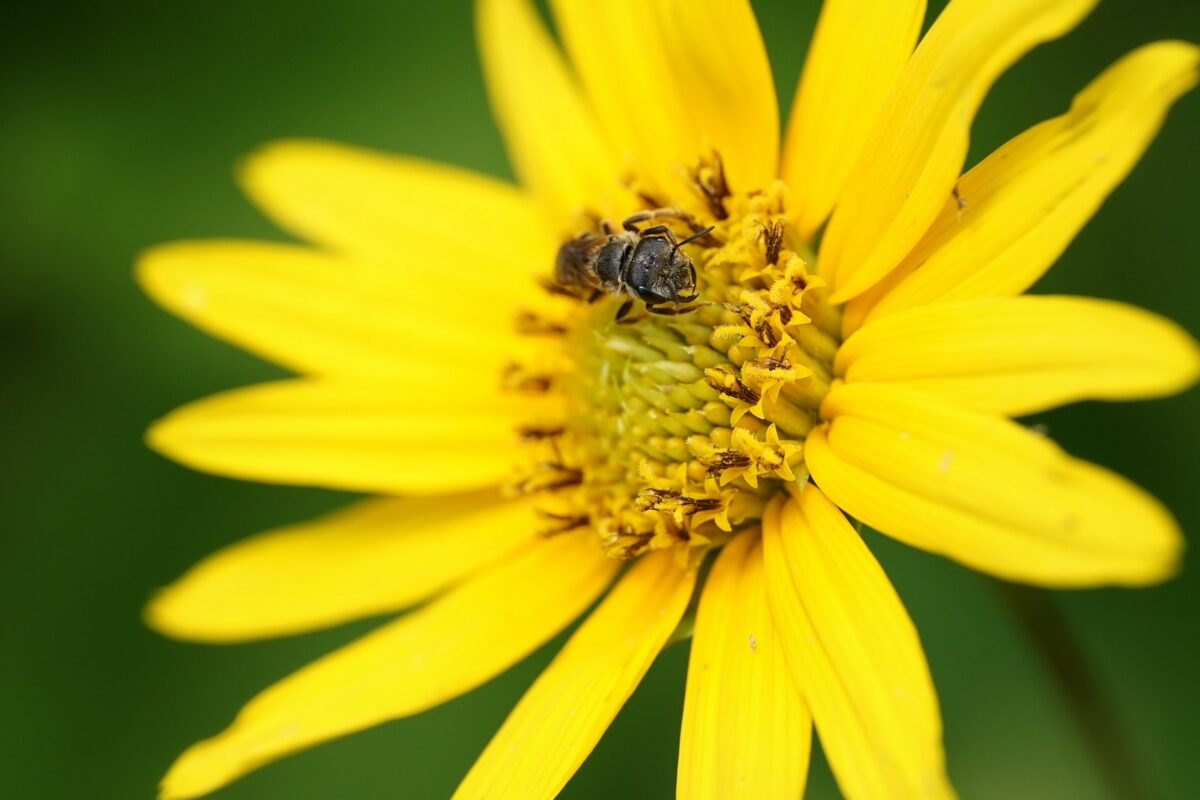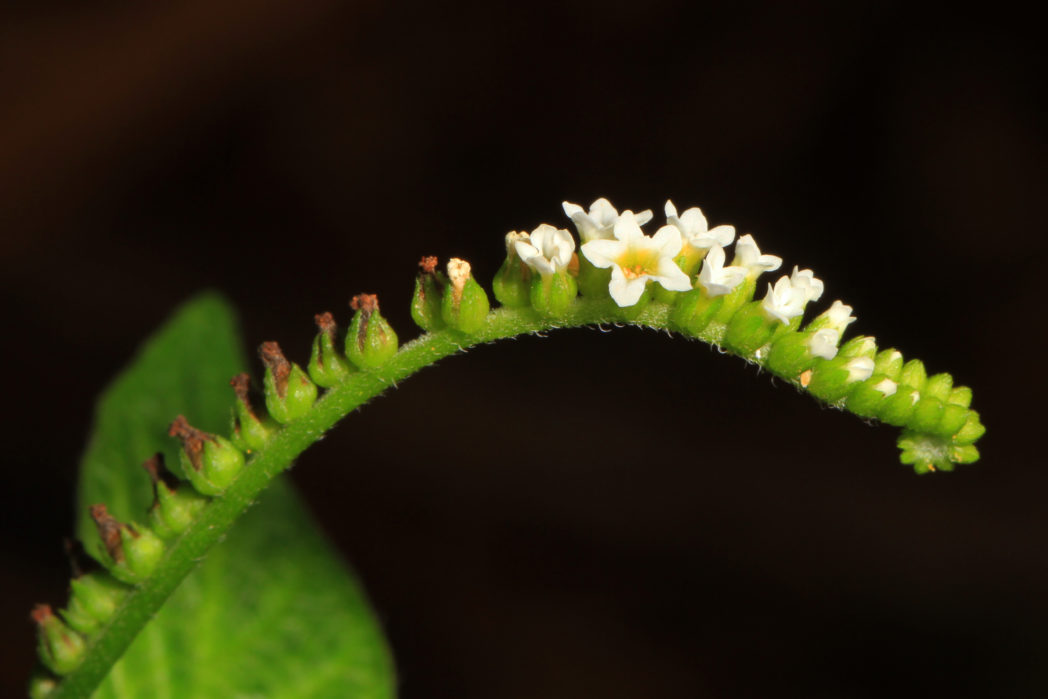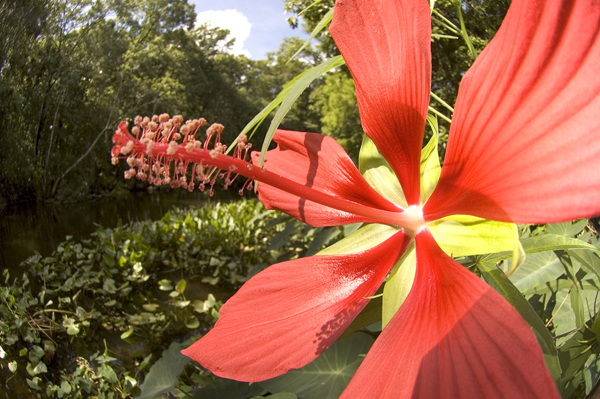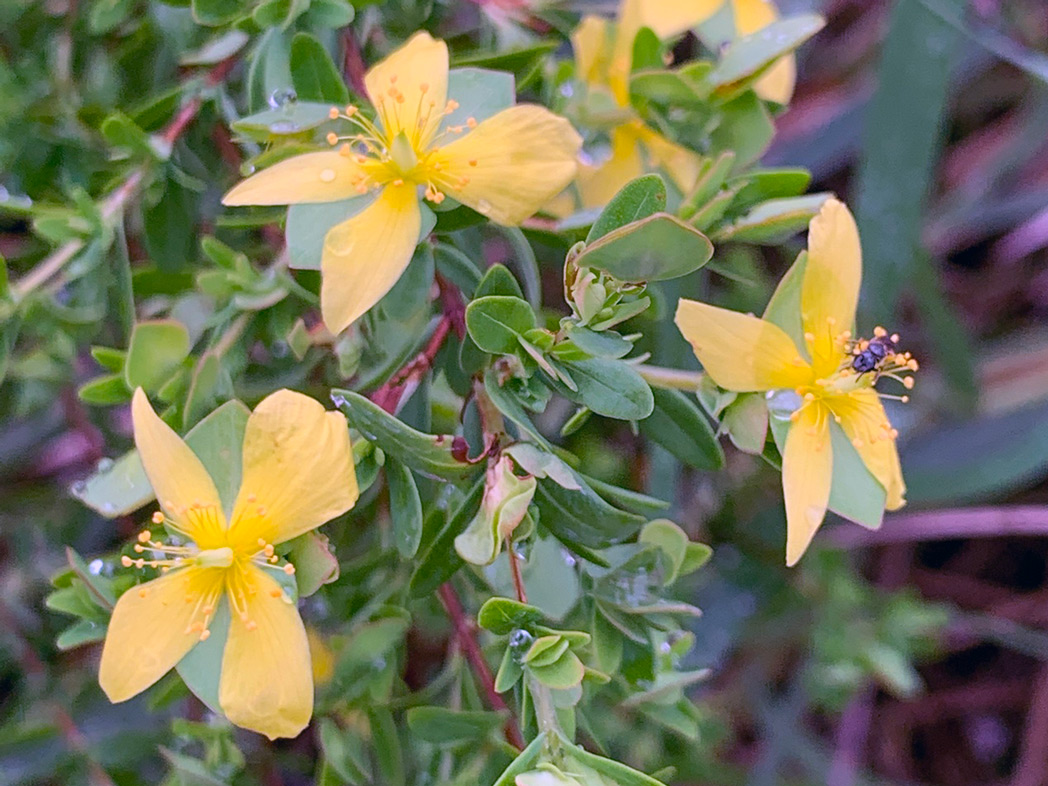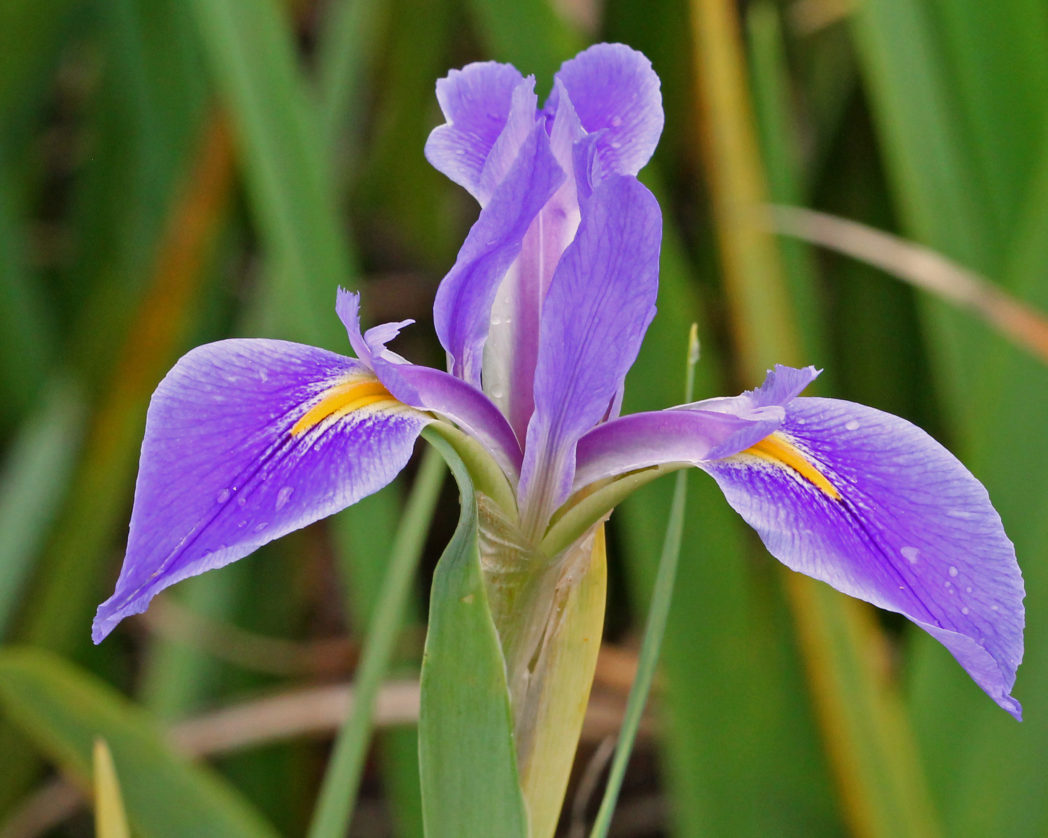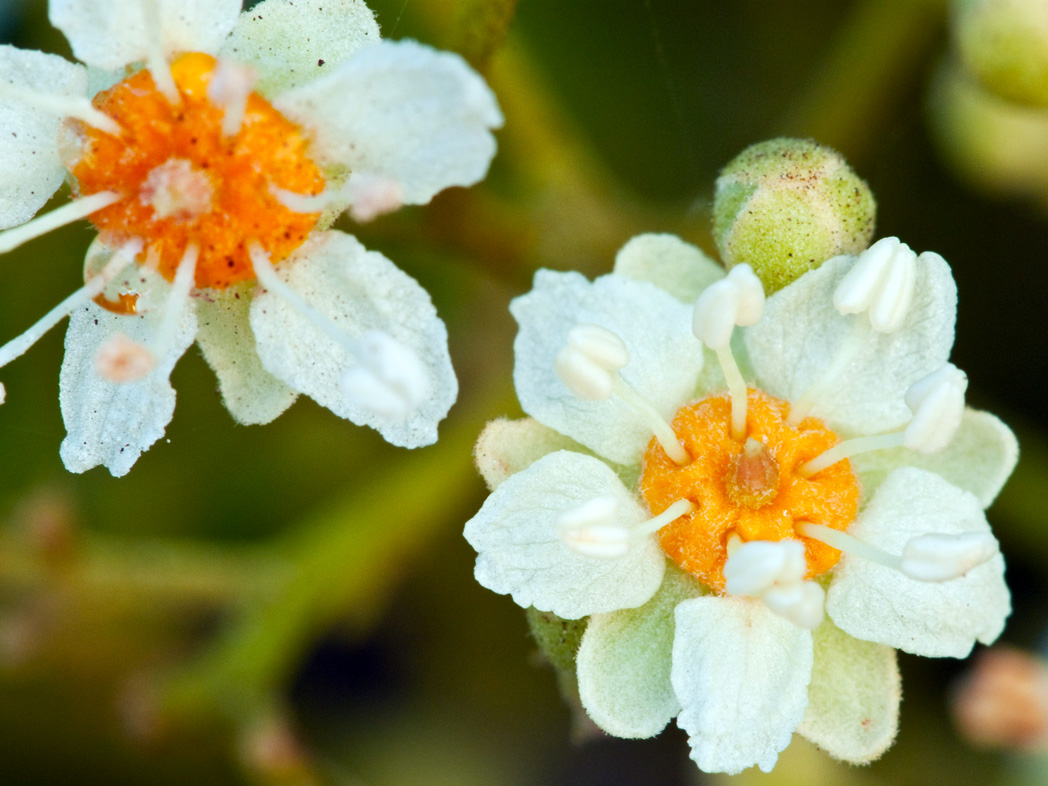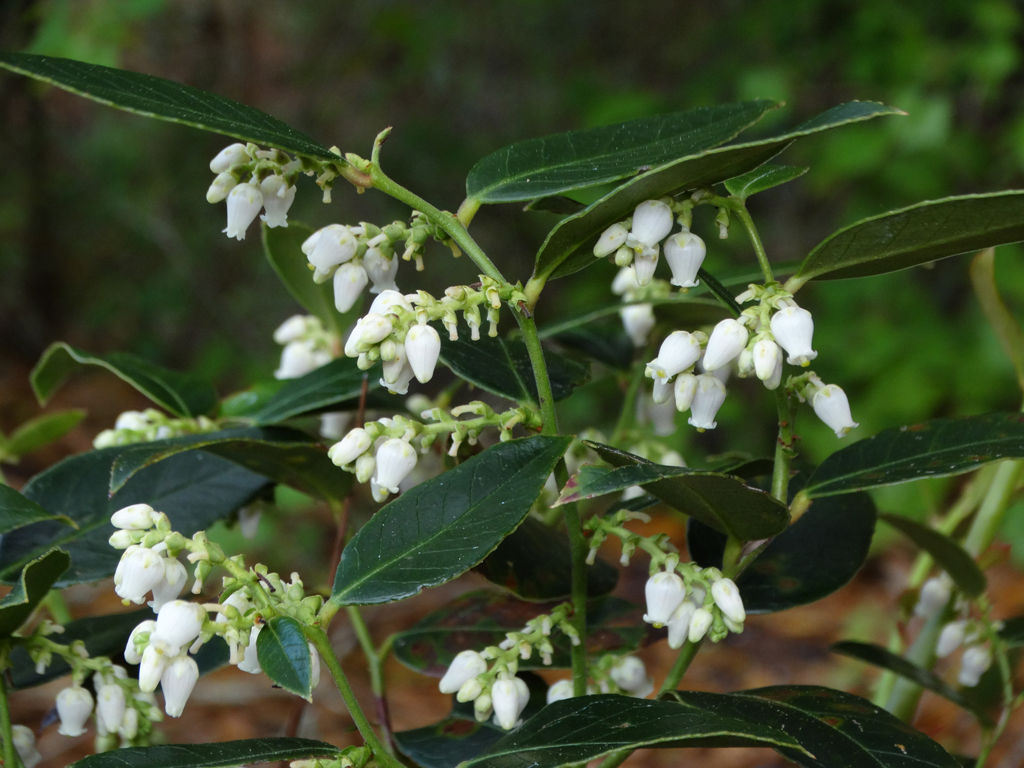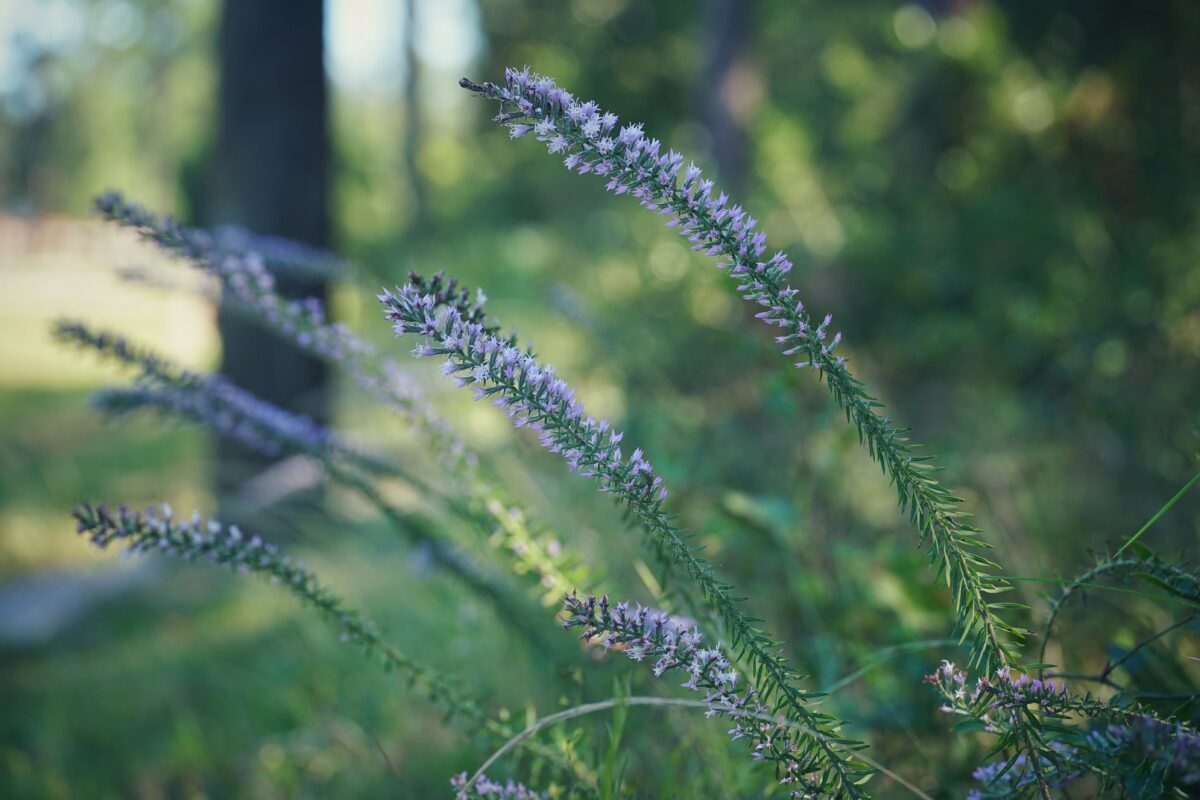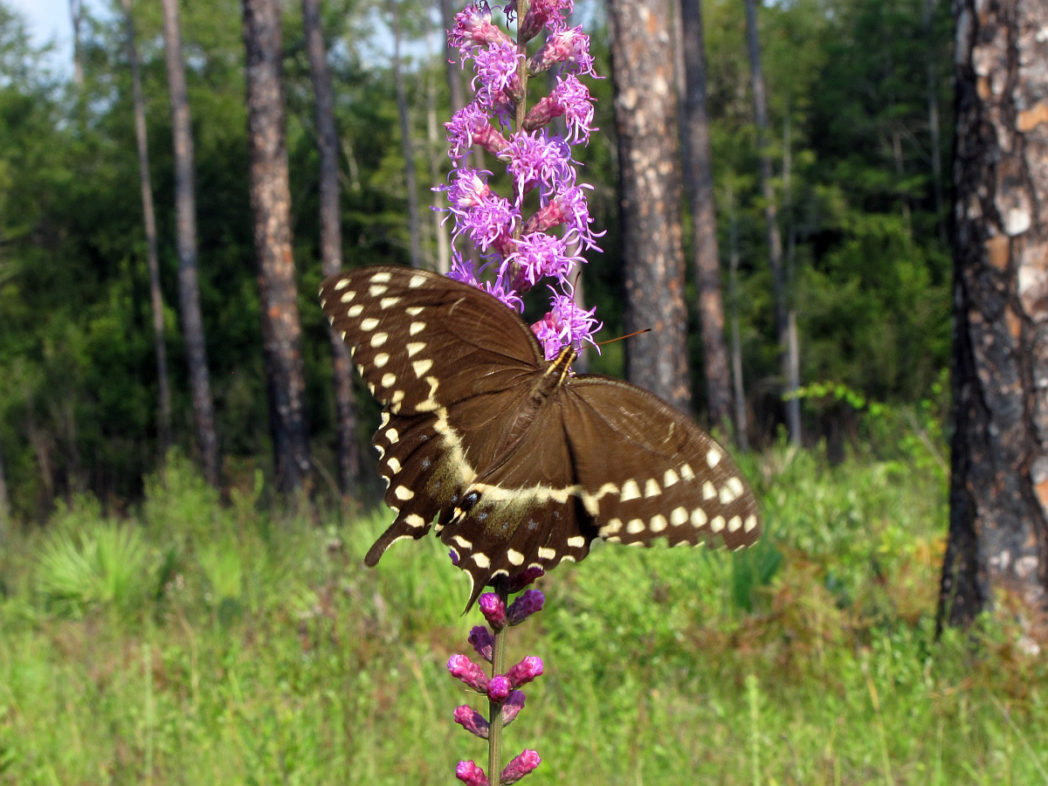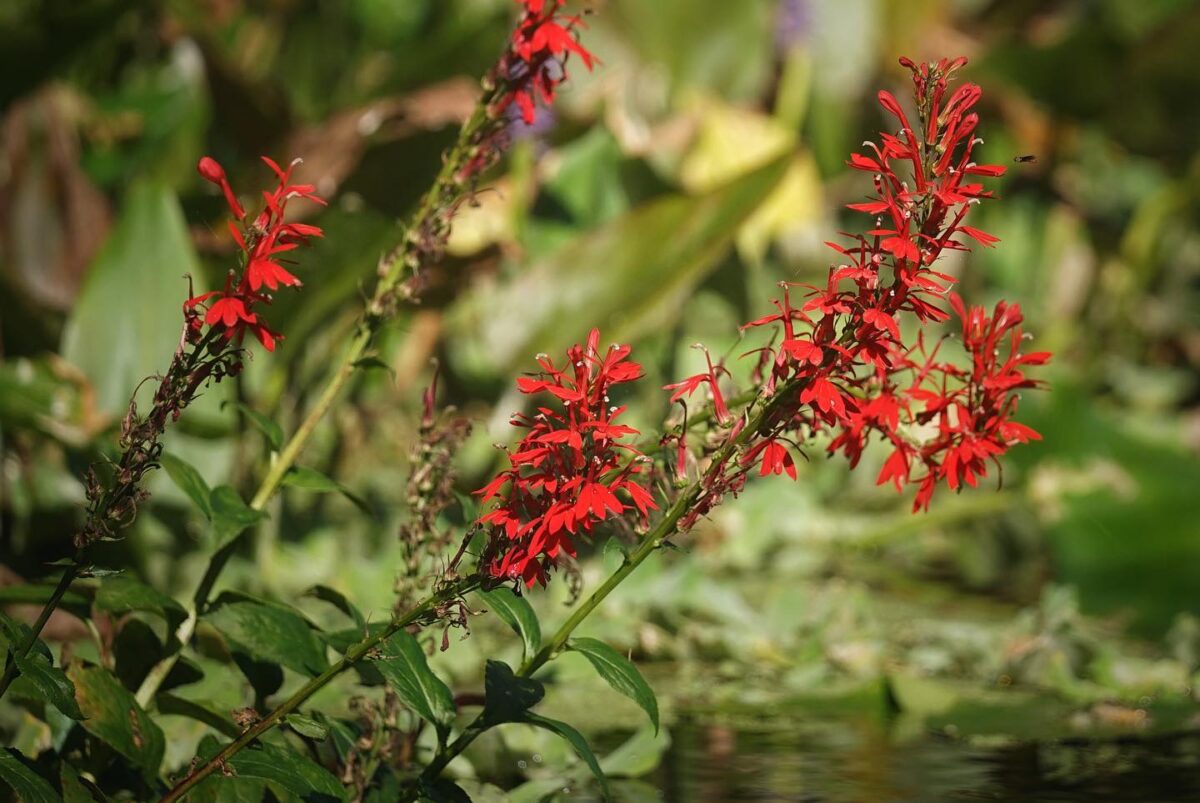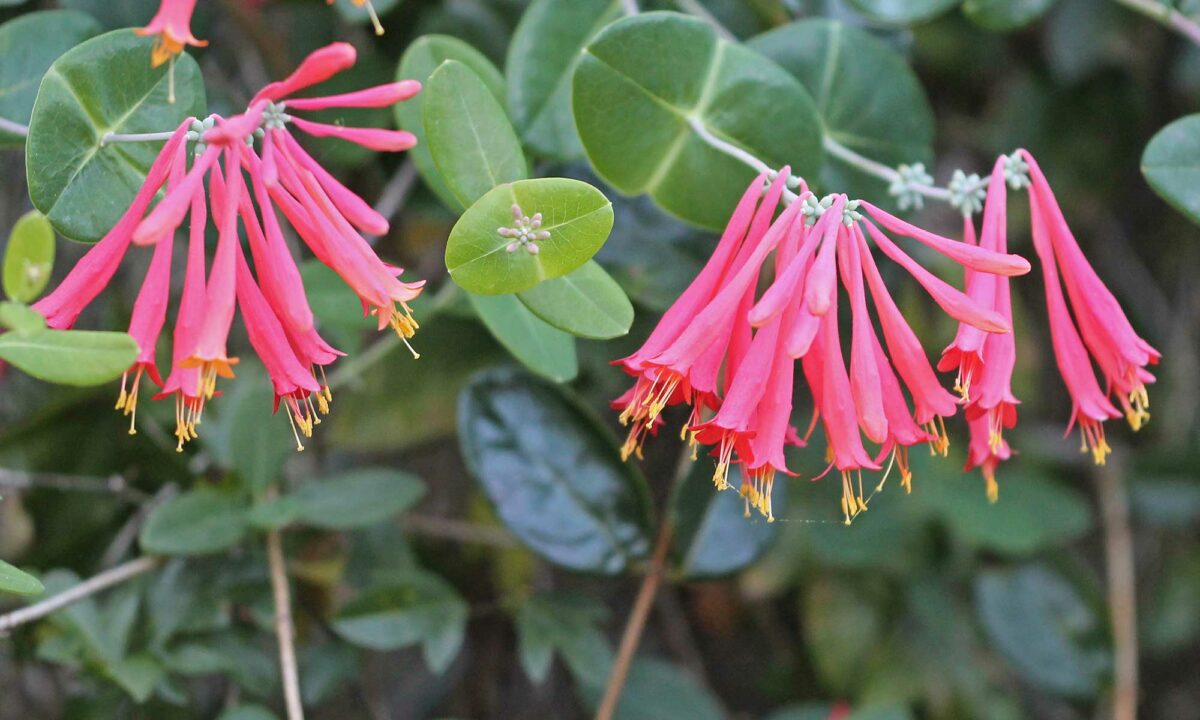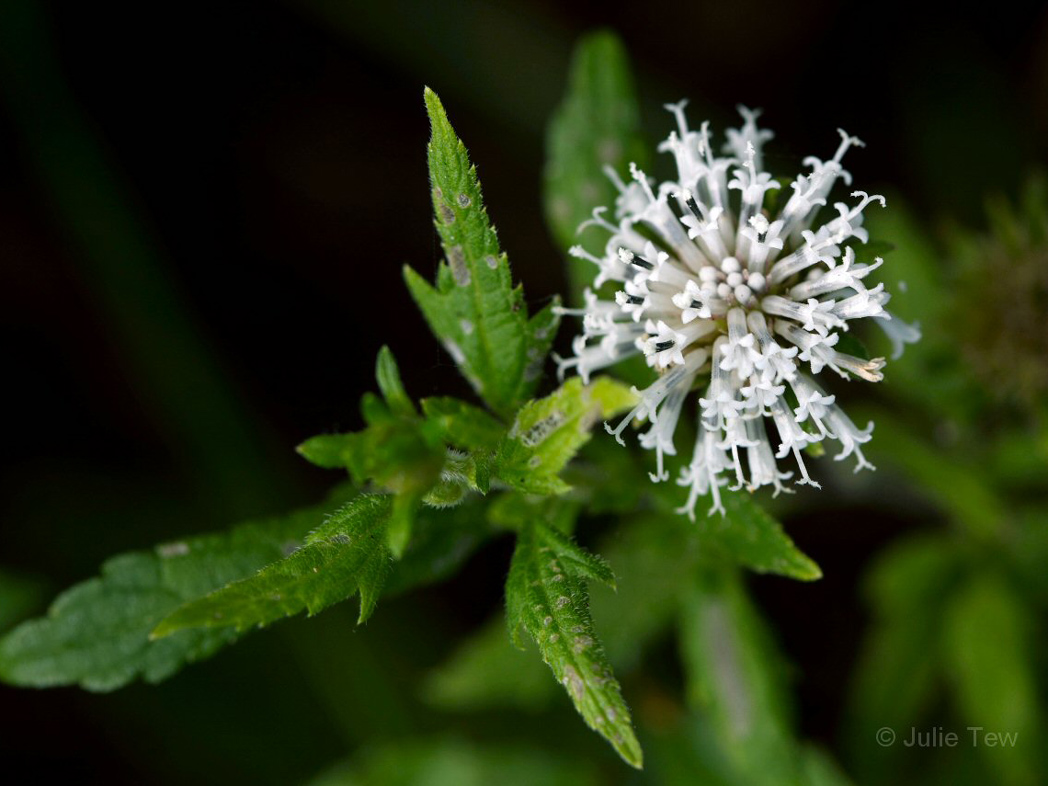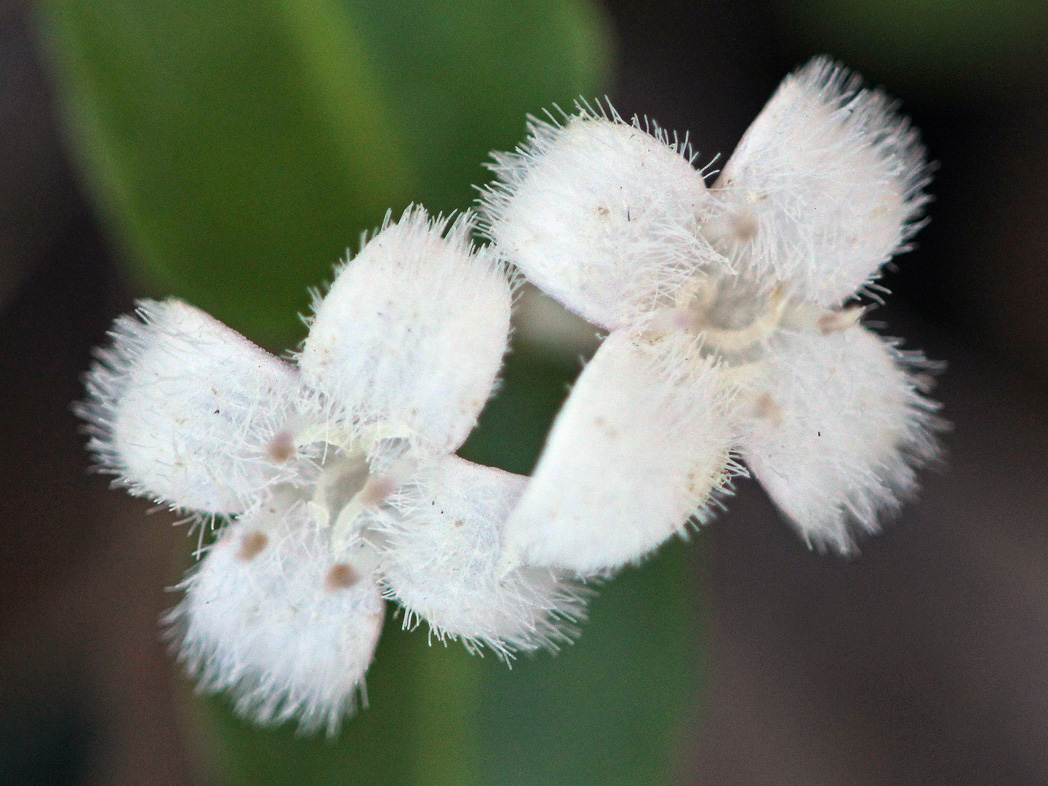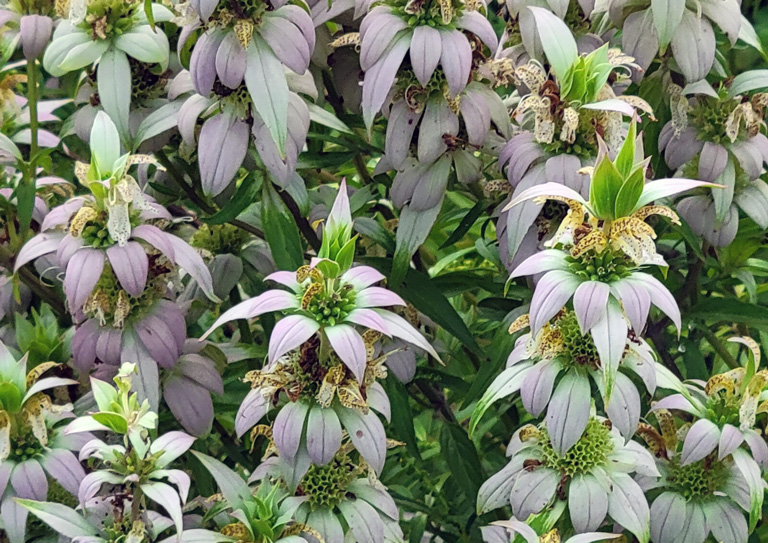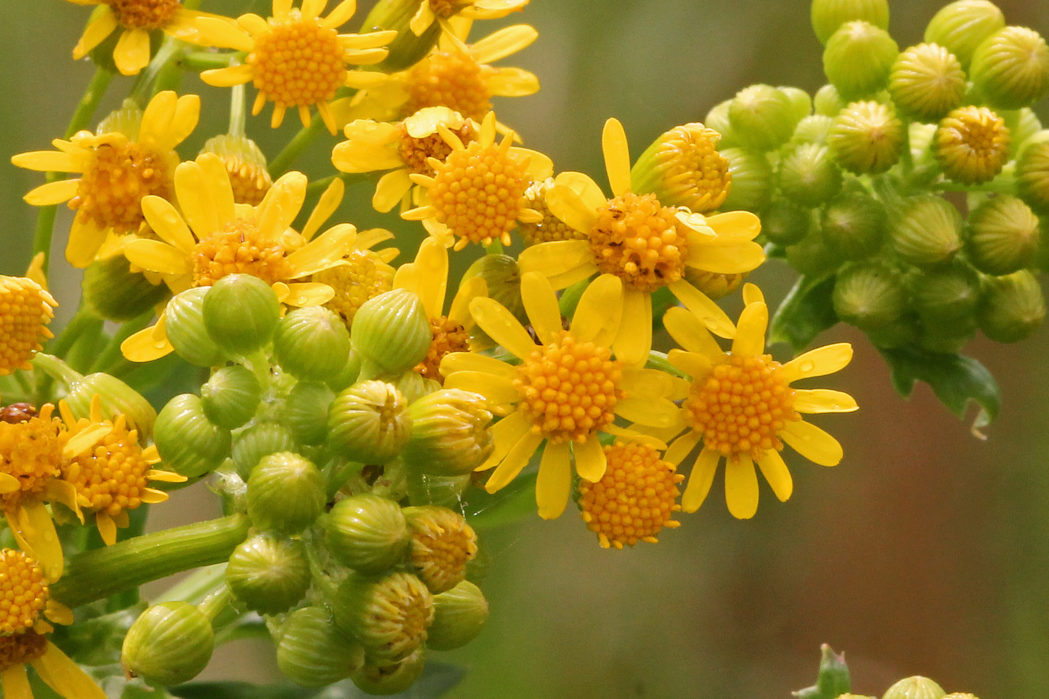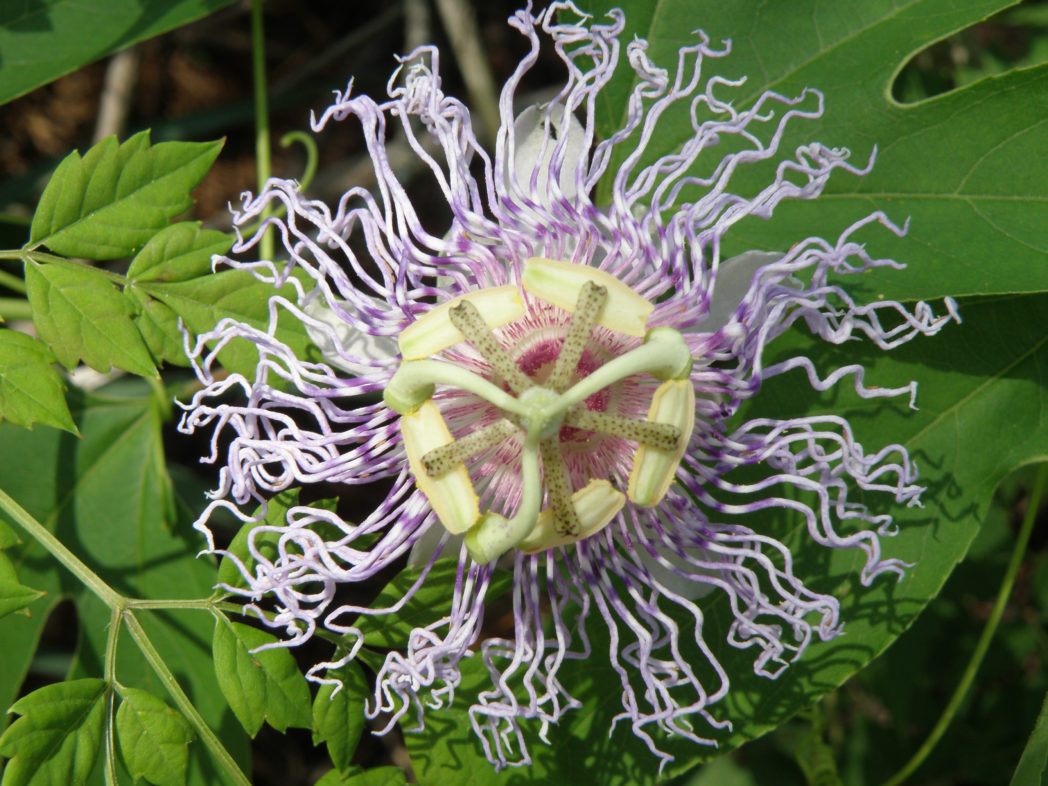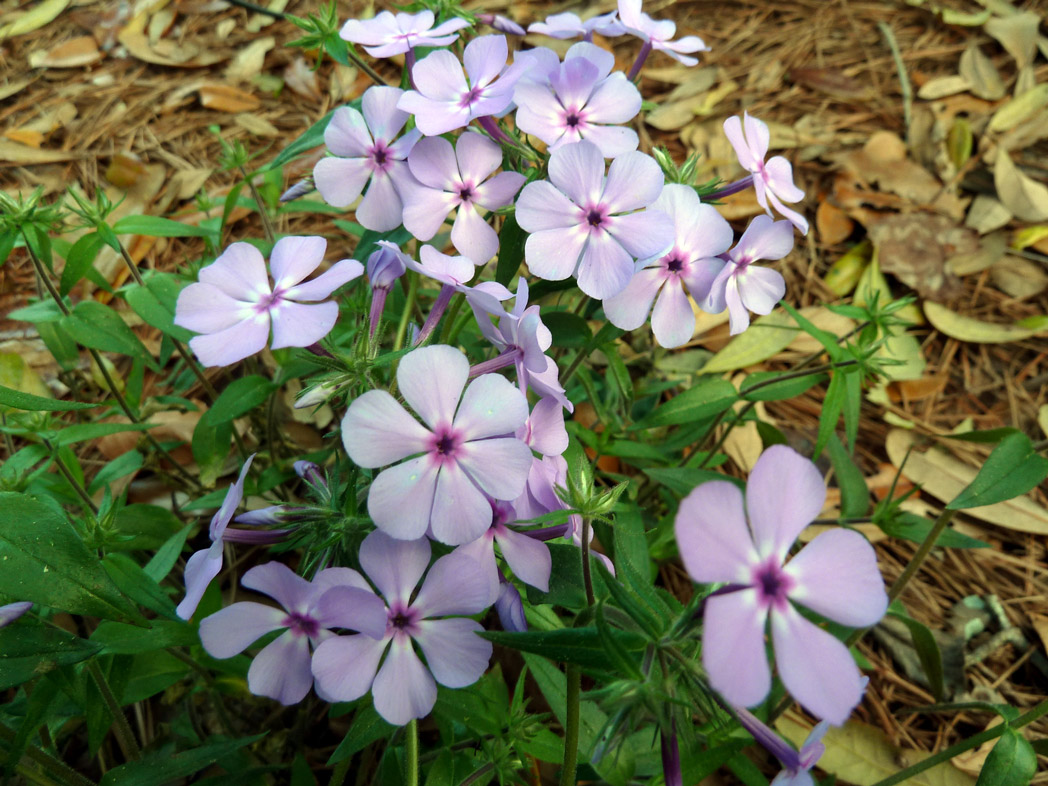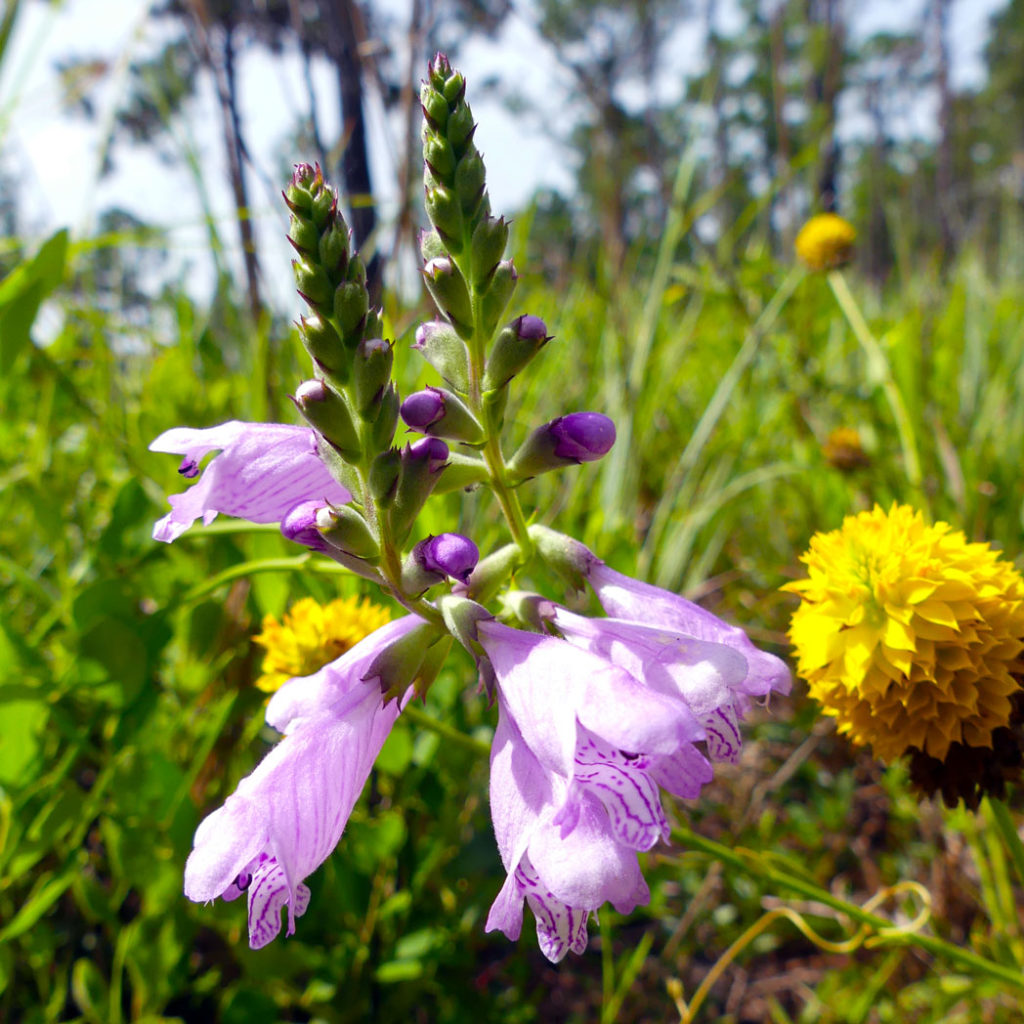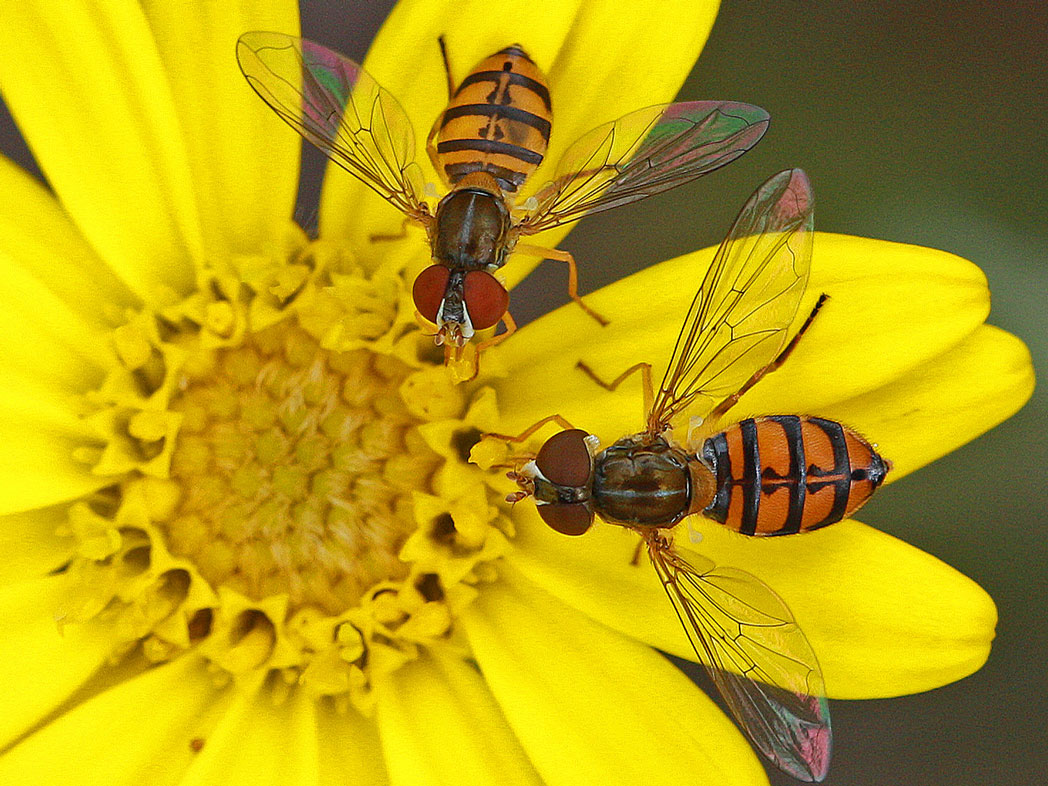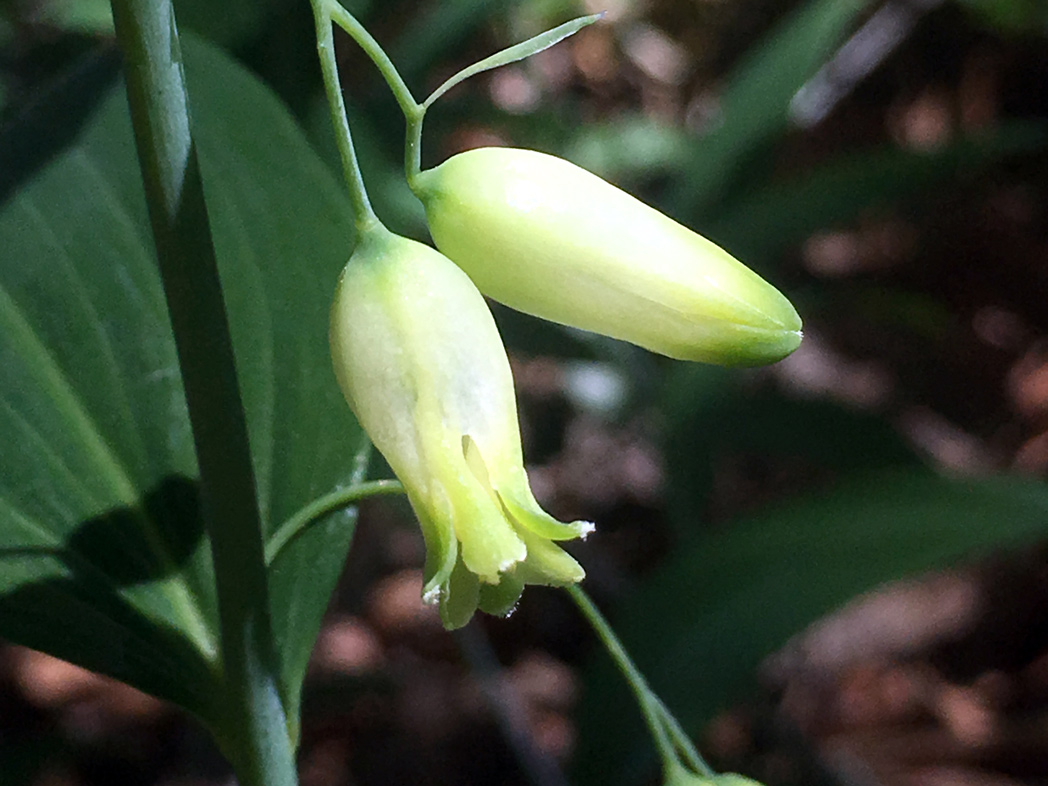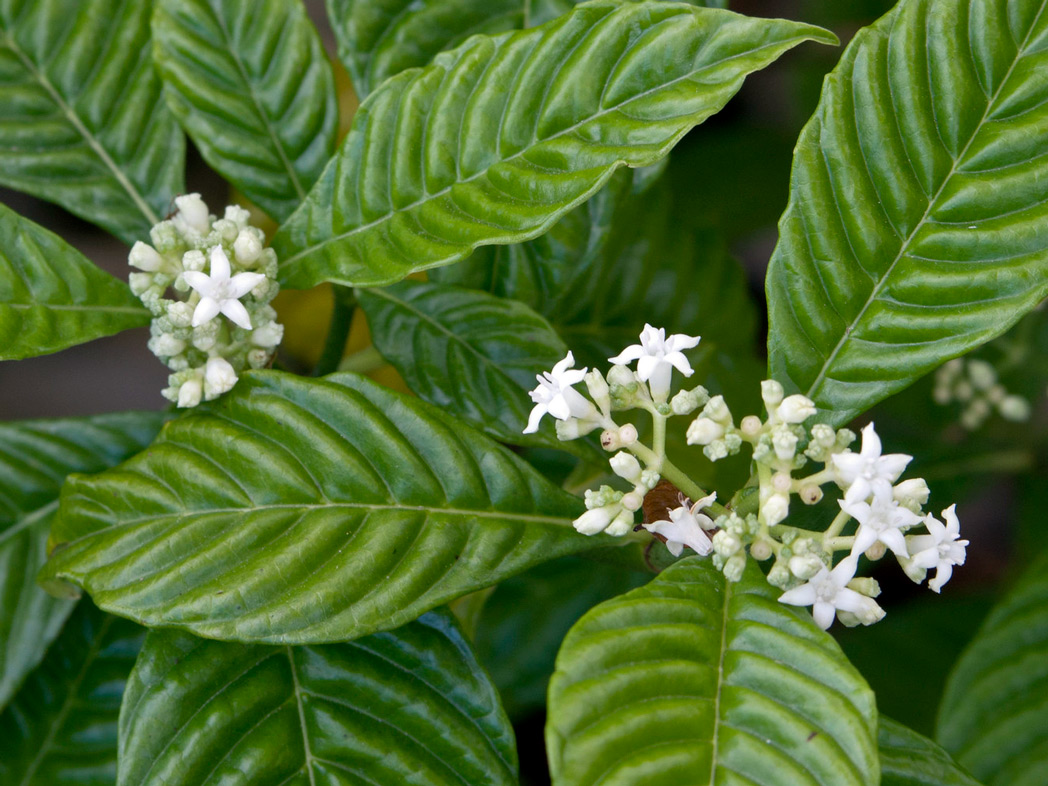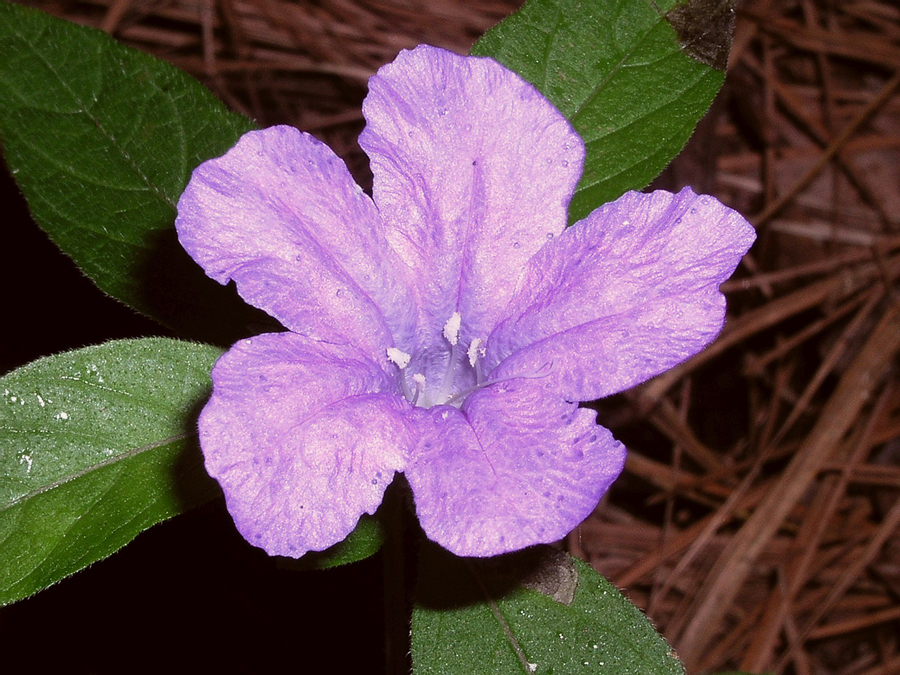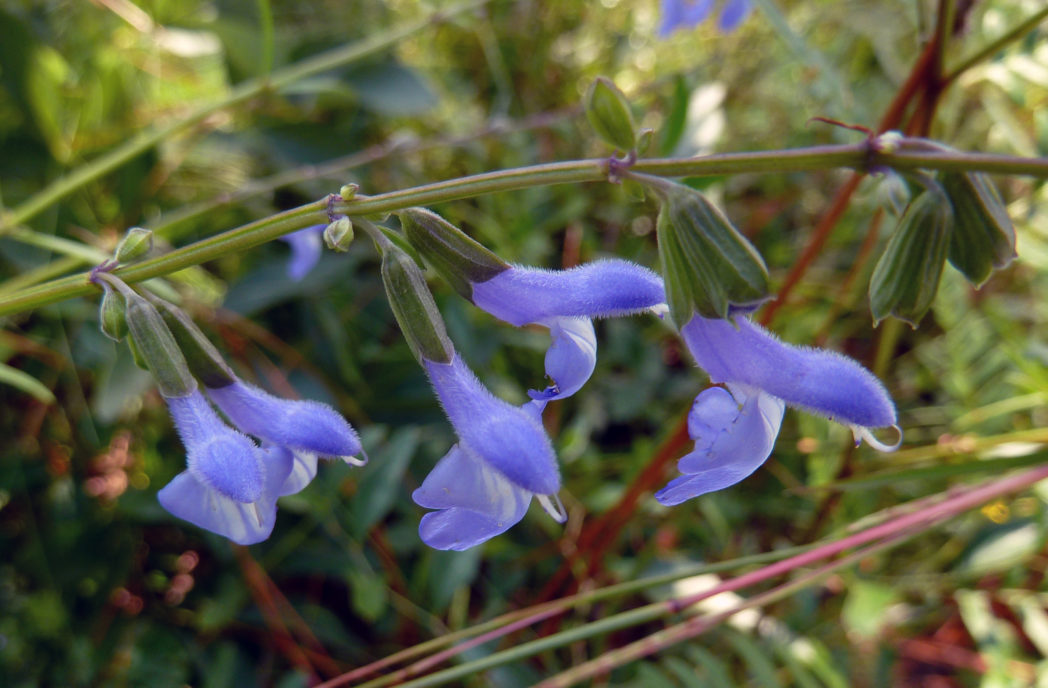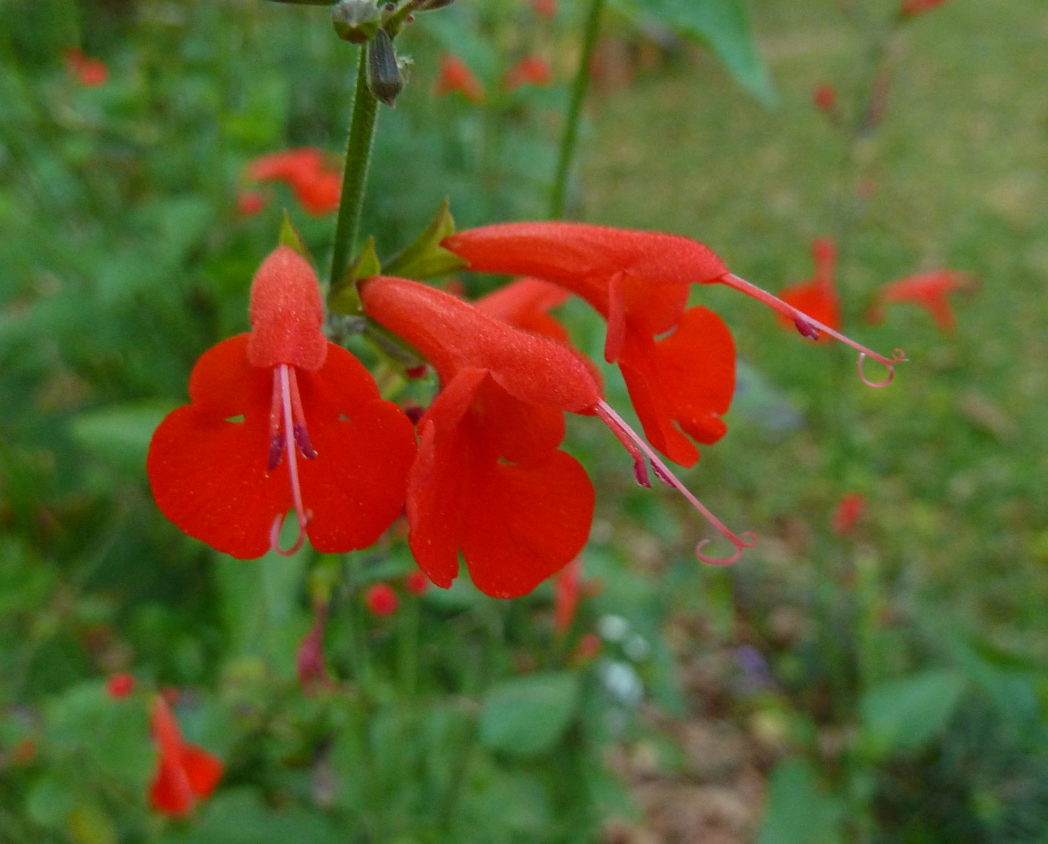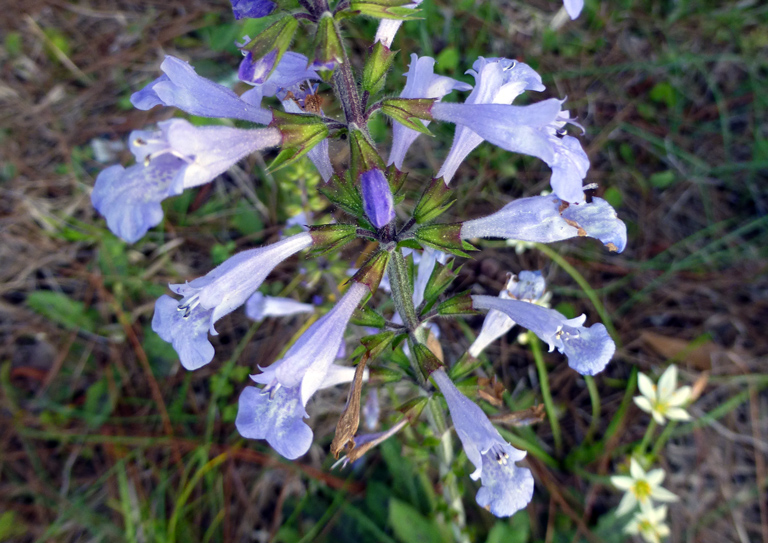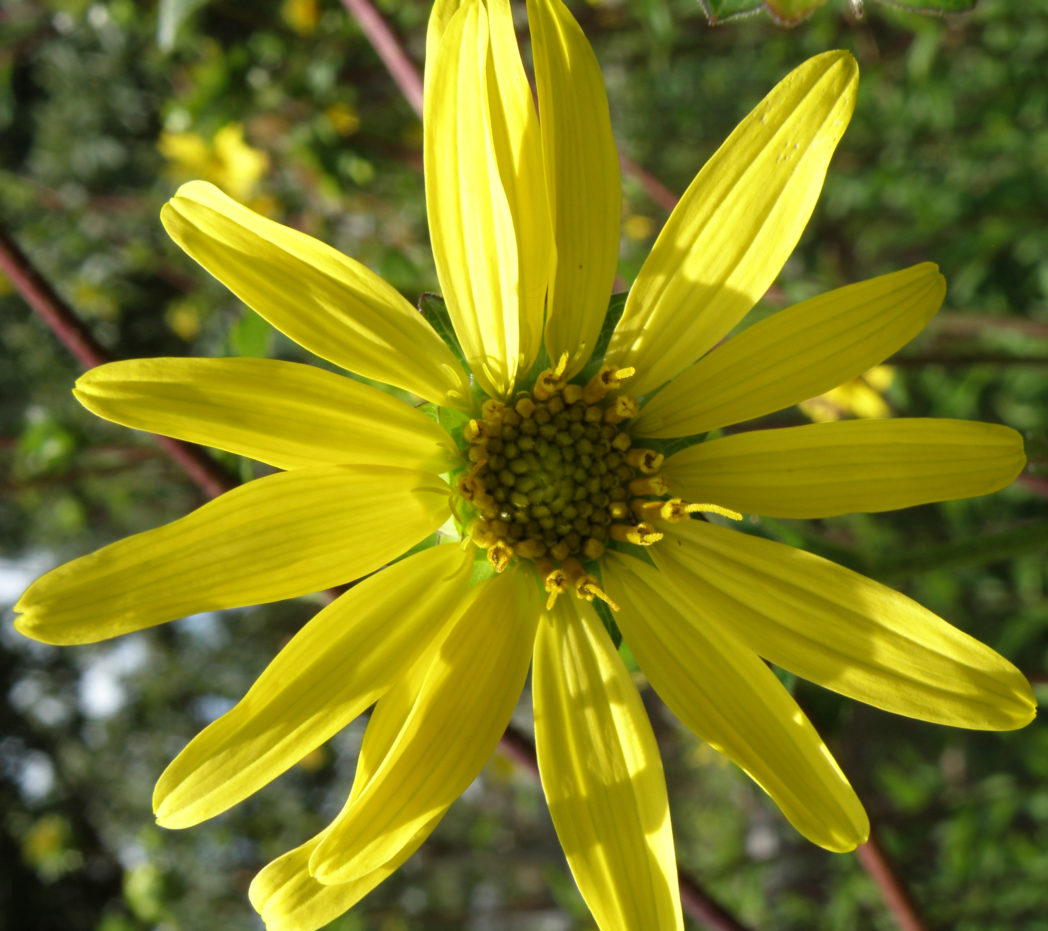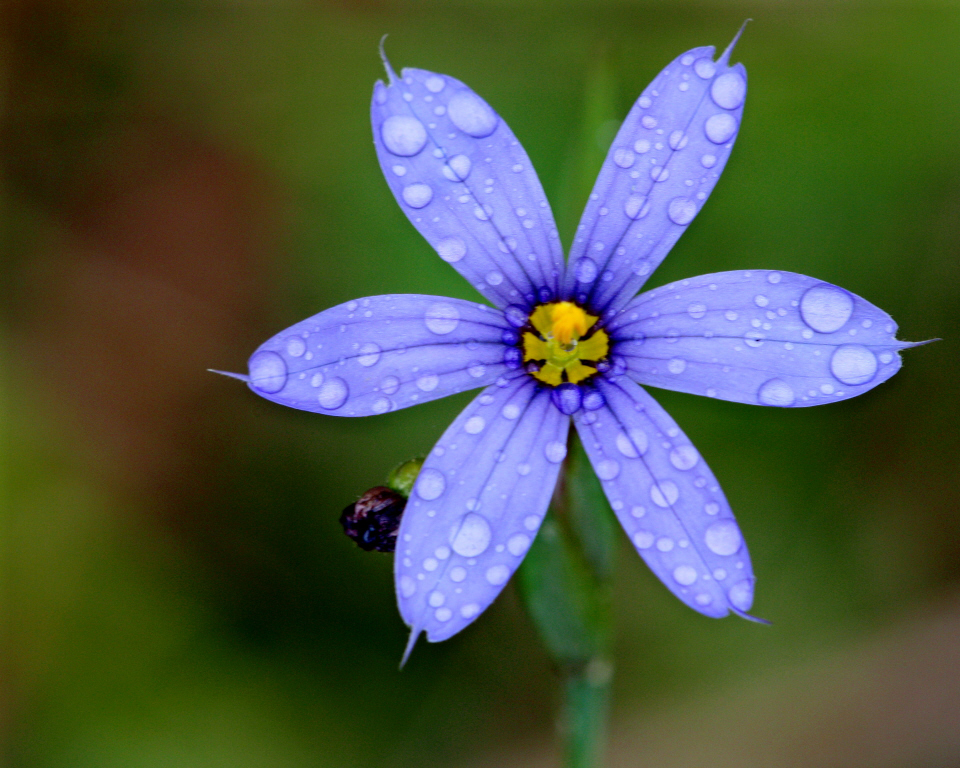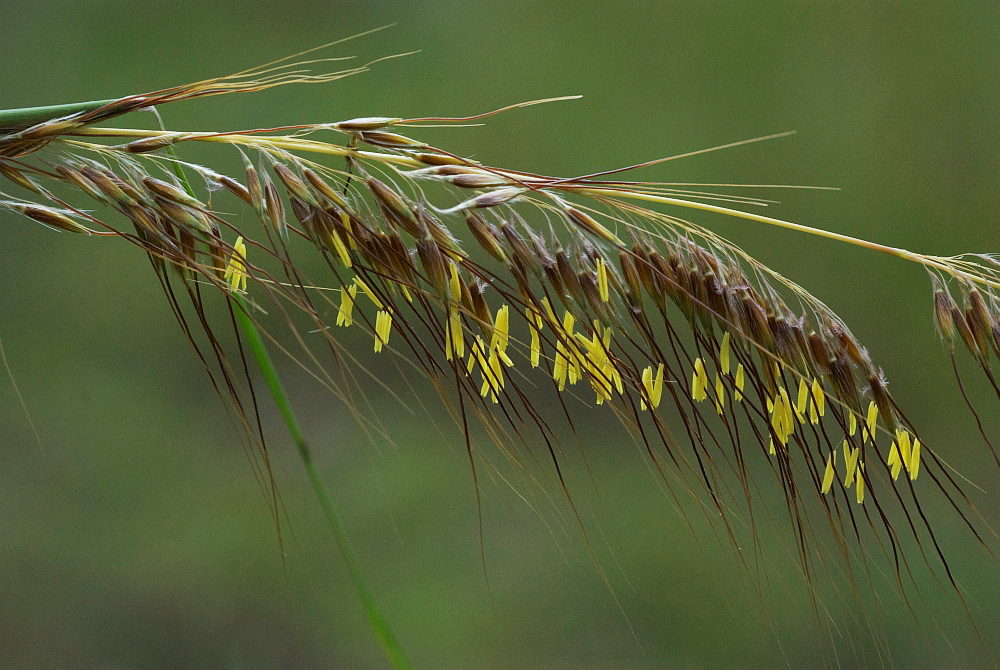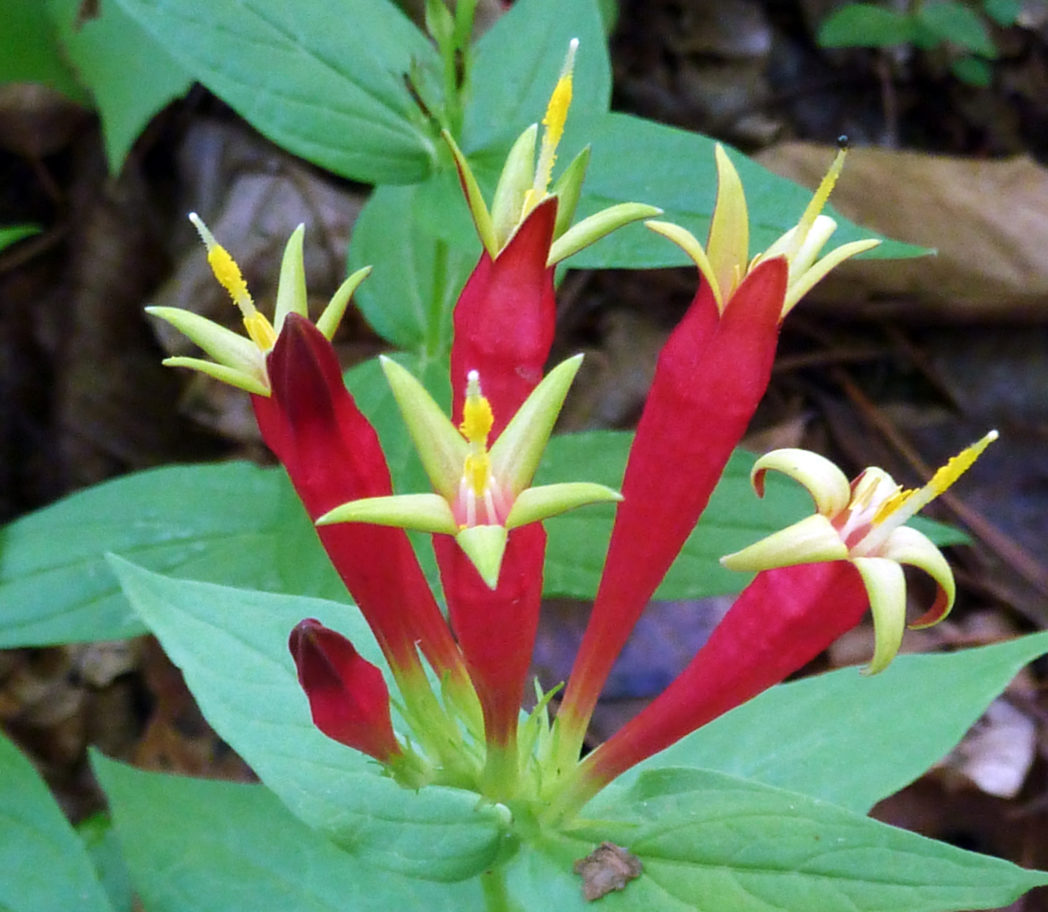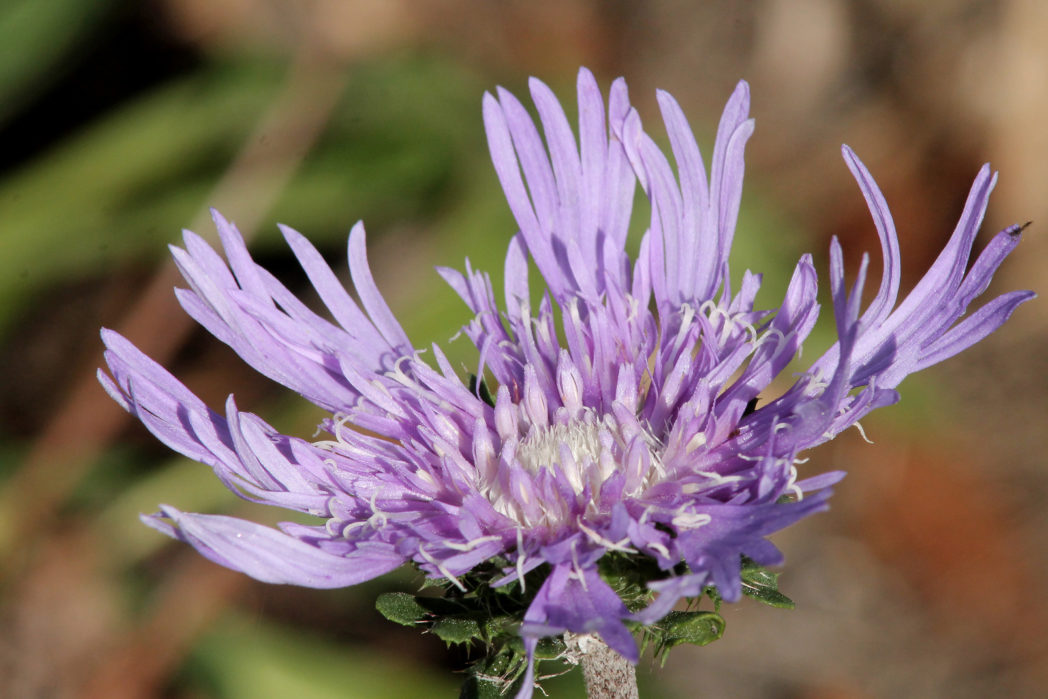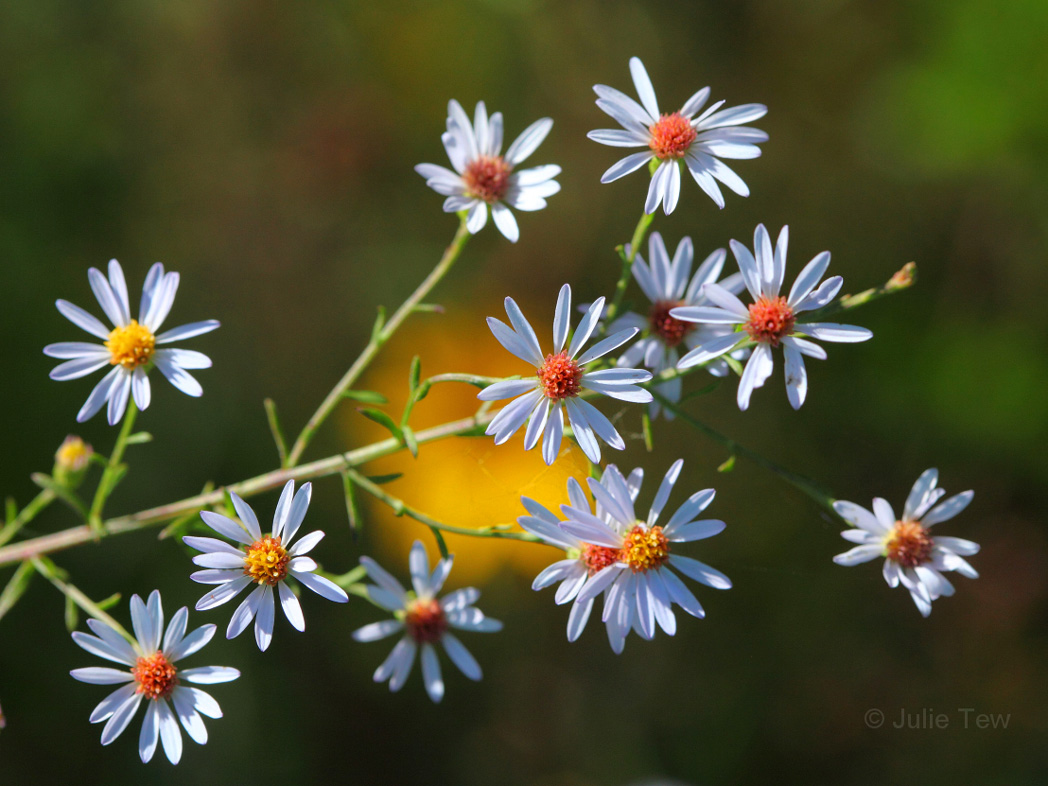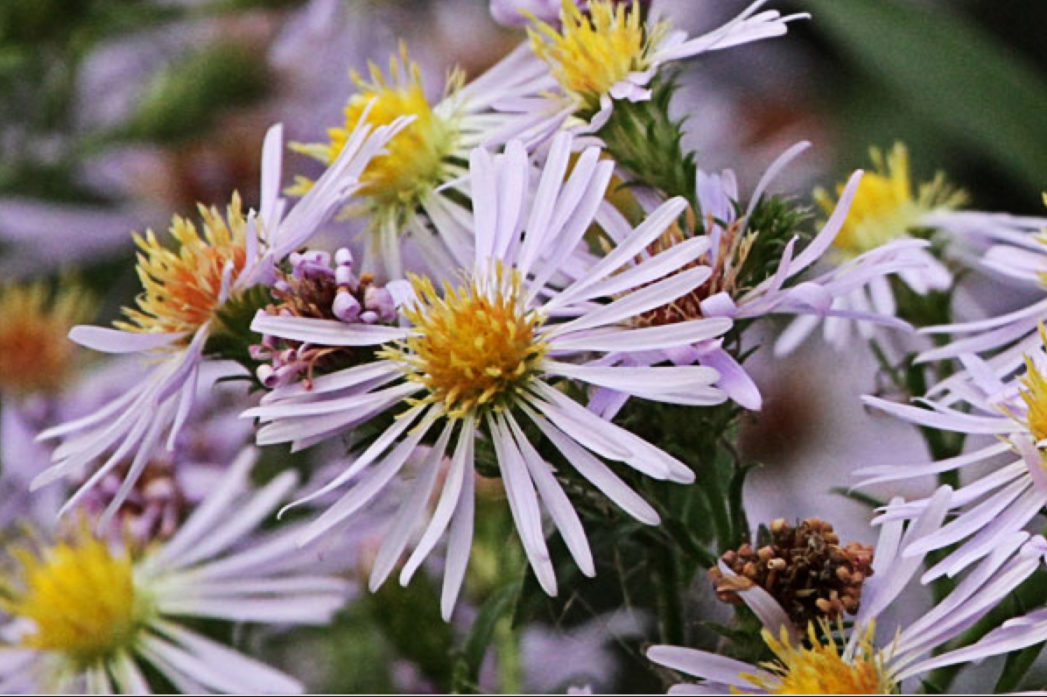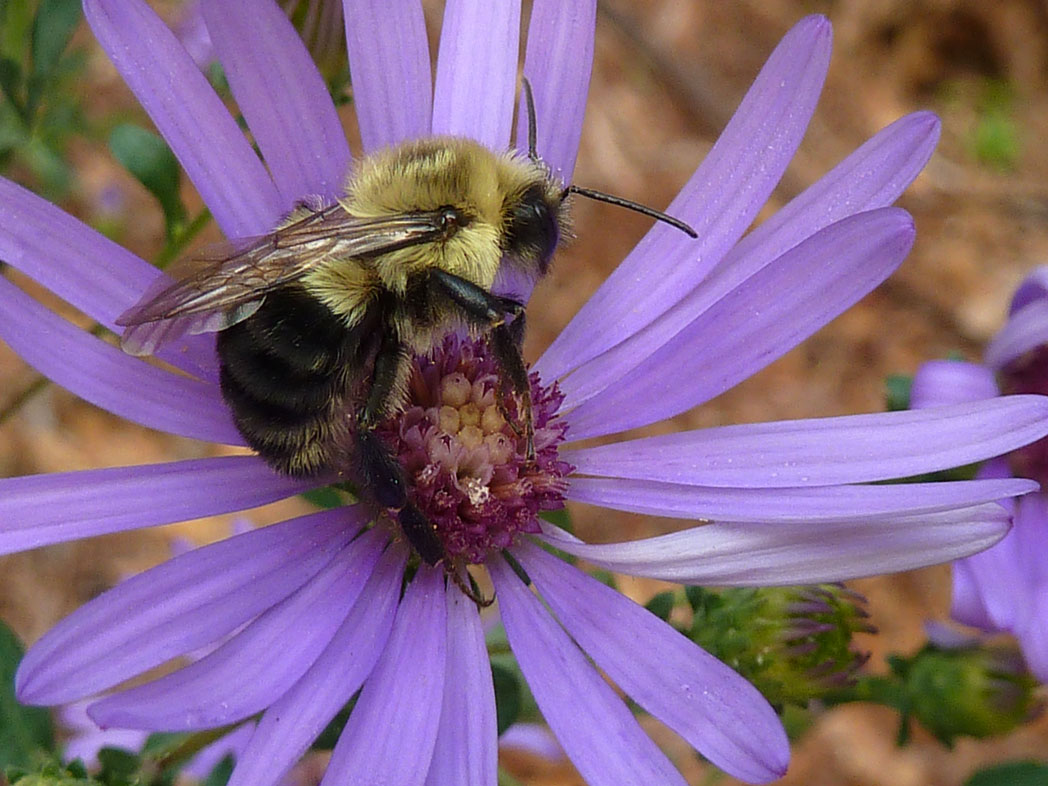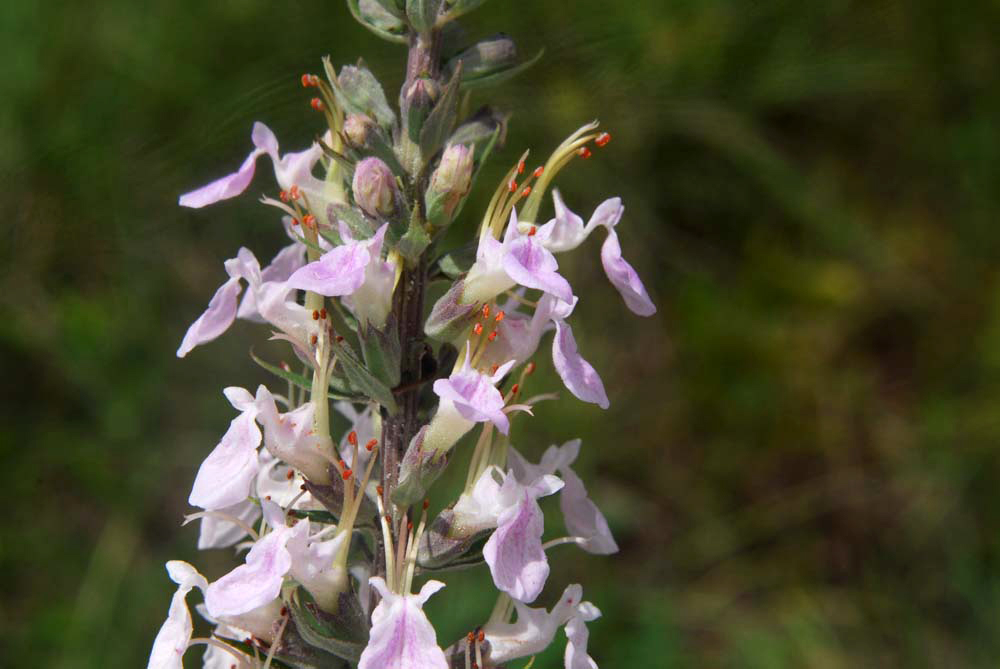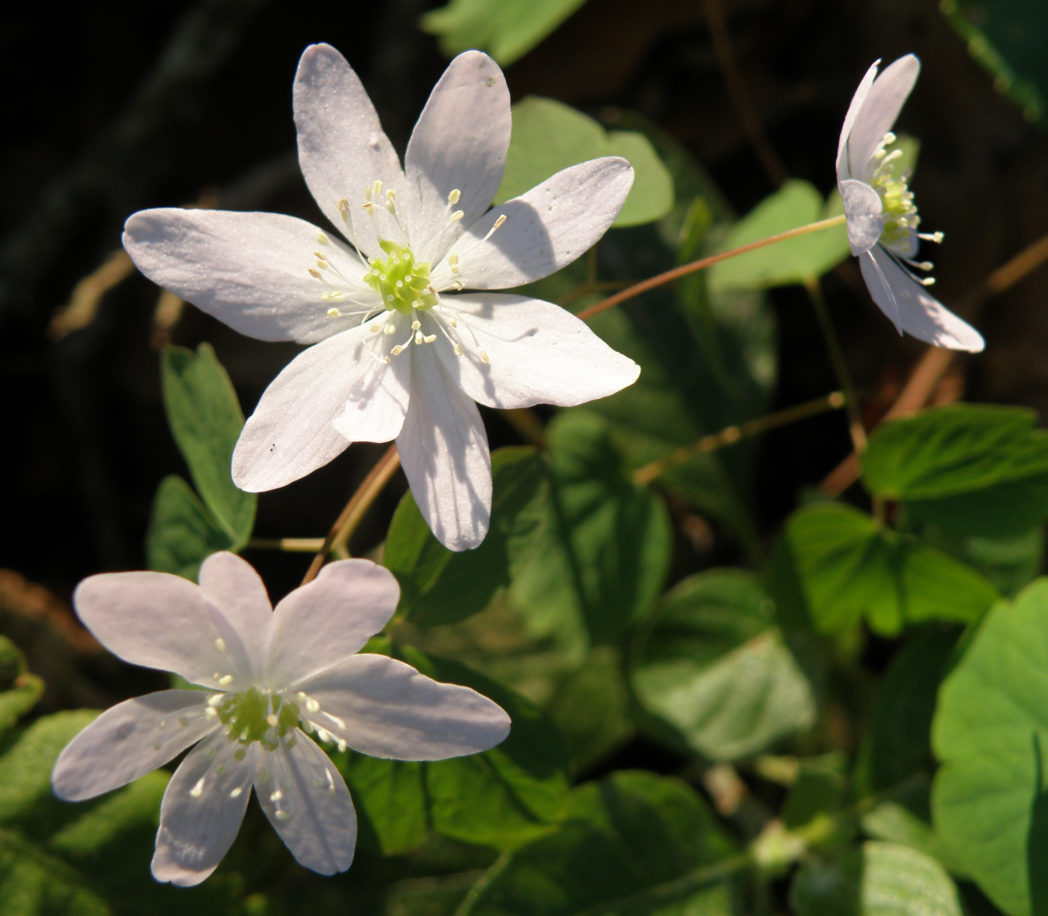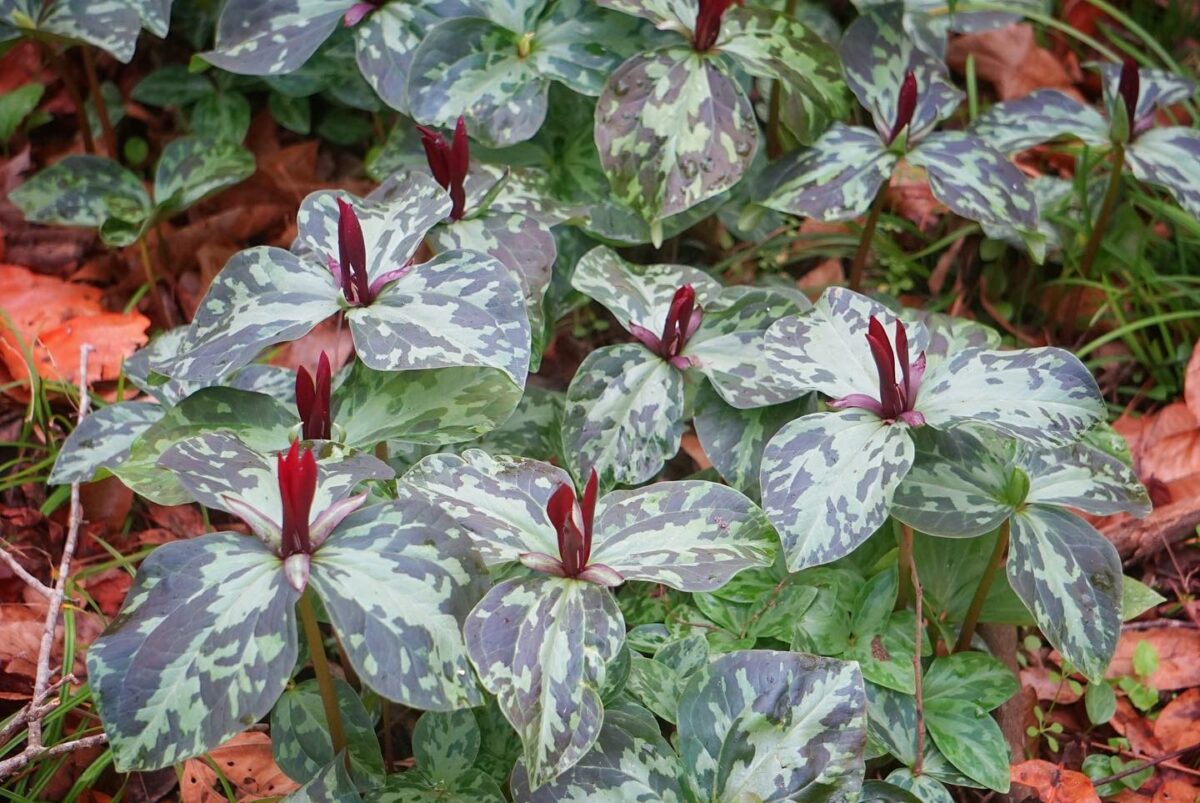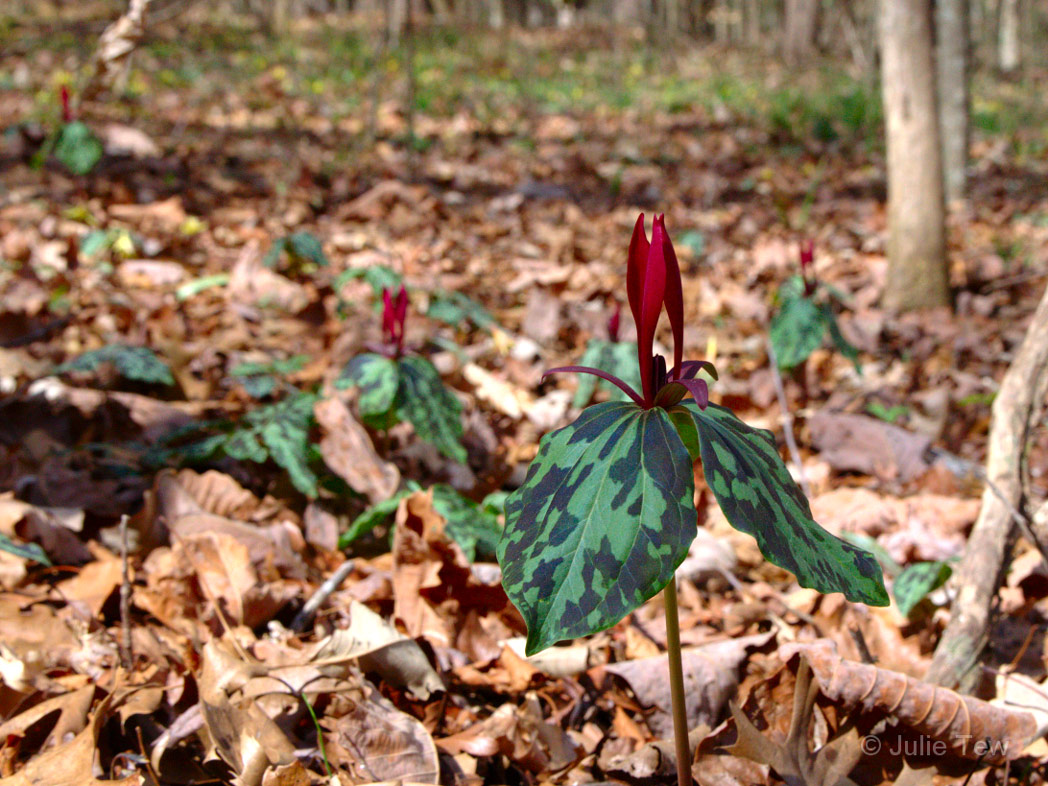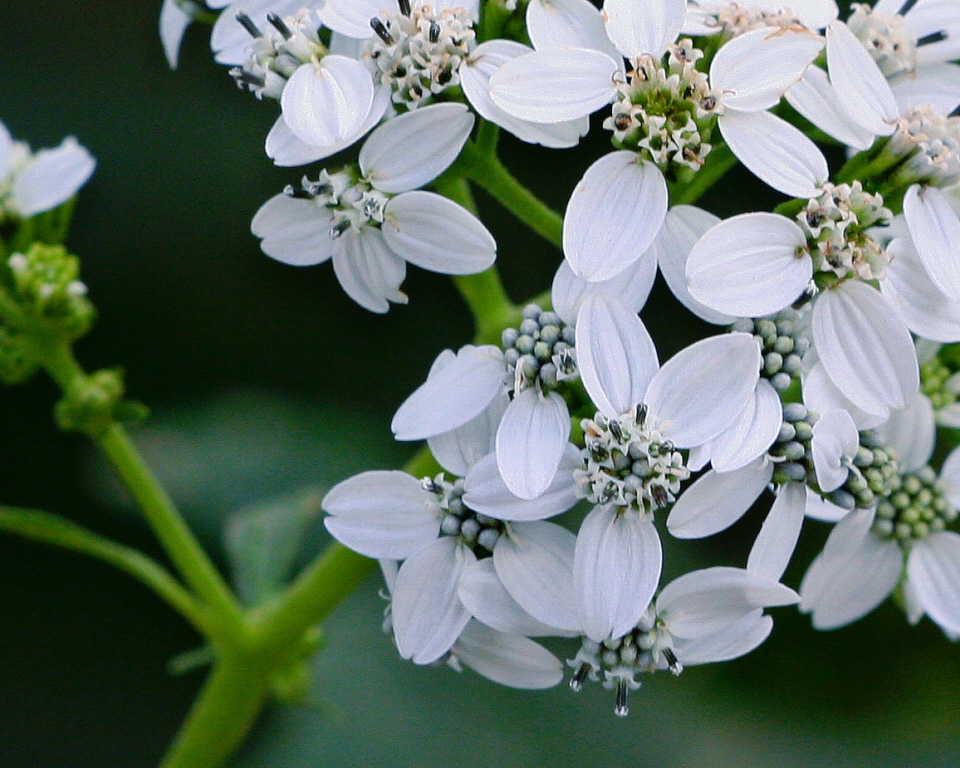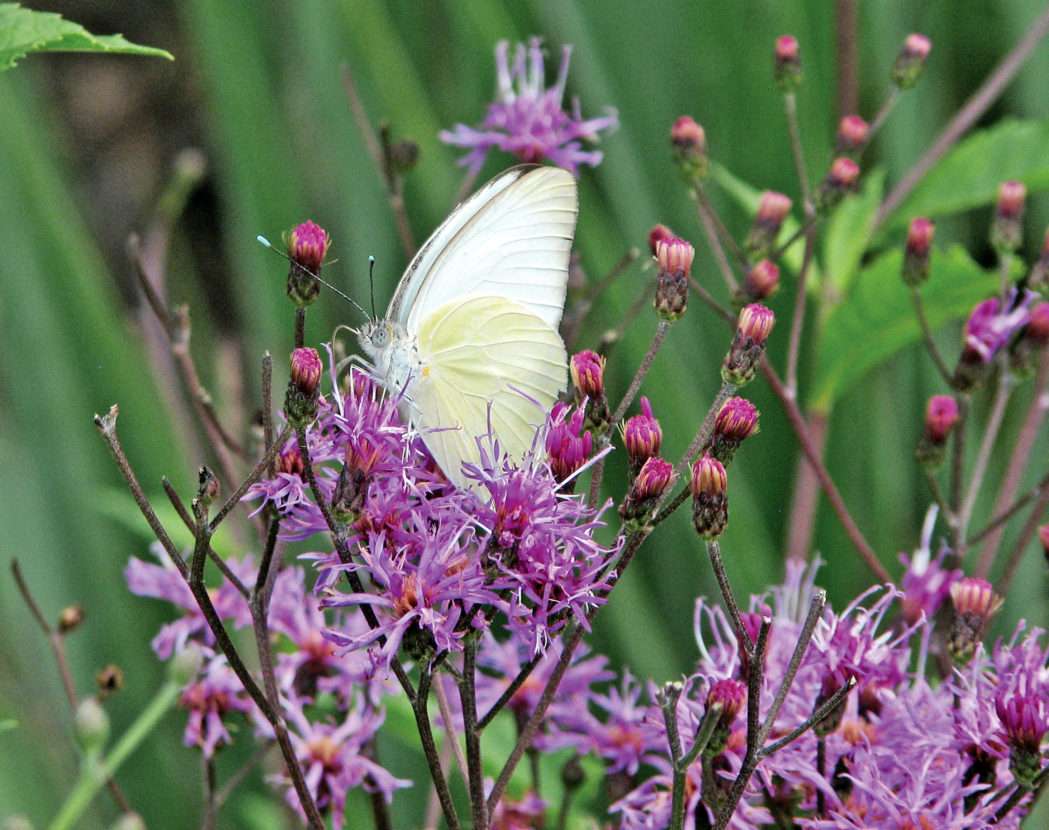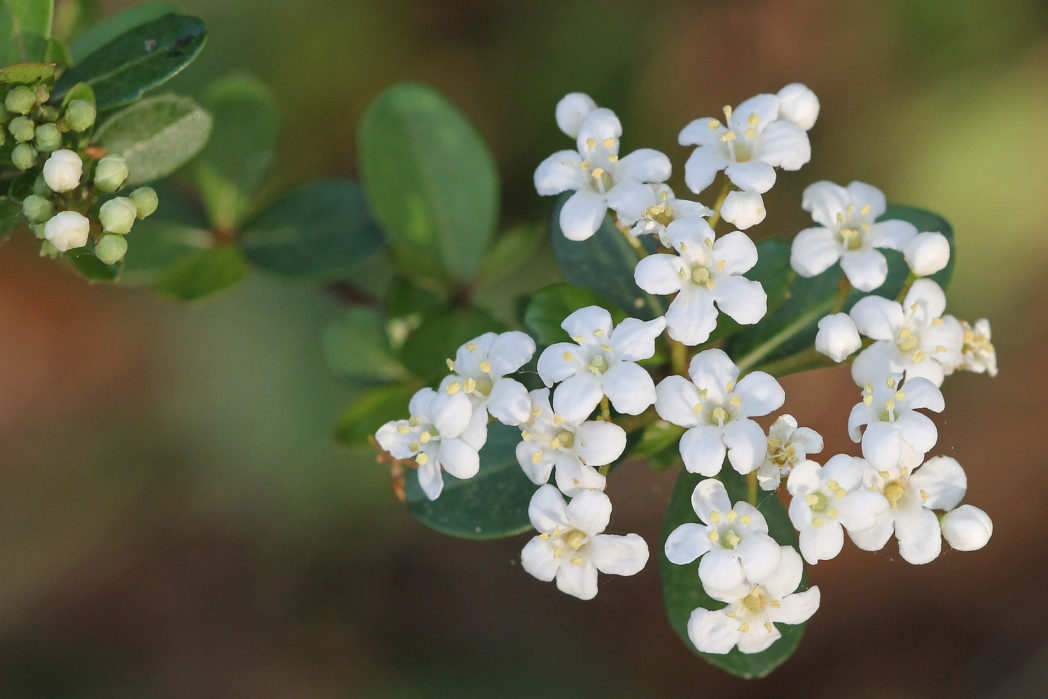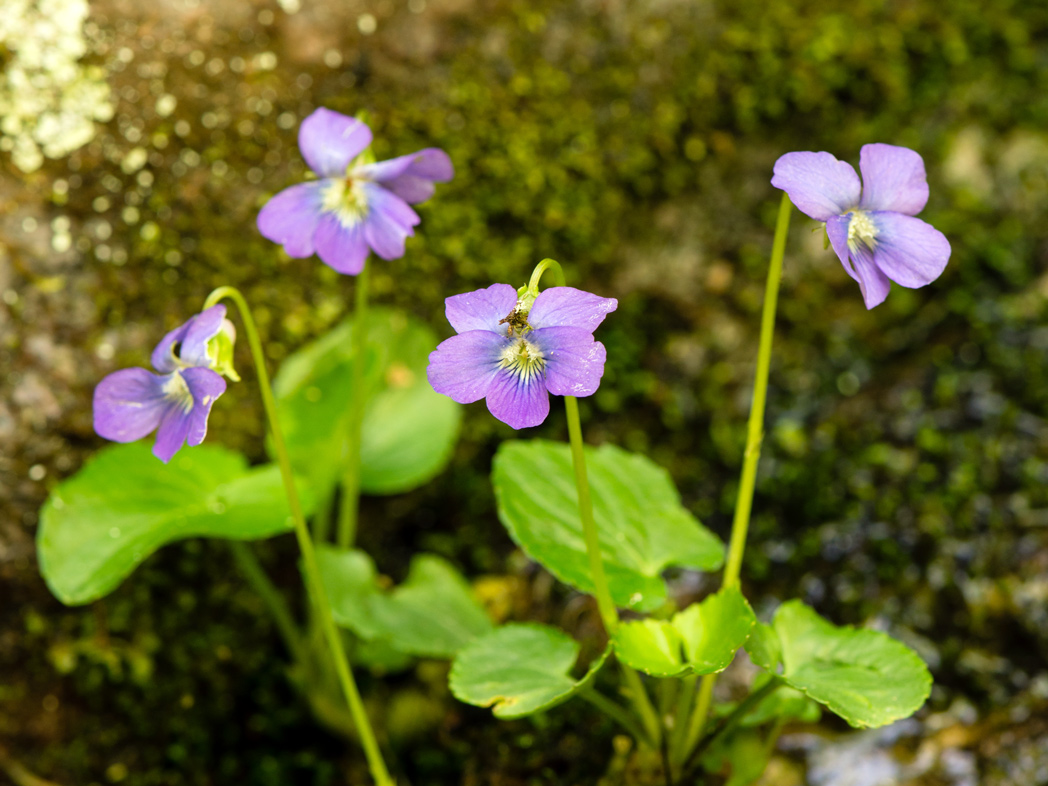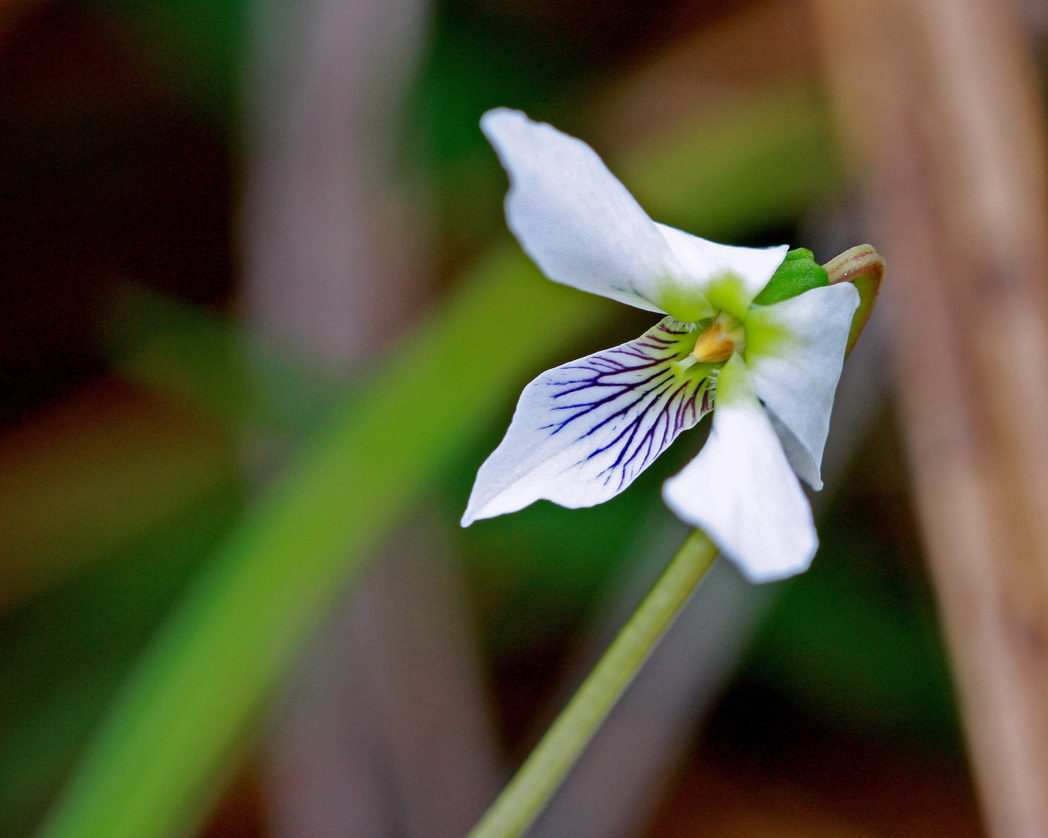Great Wildflowers for Shady Landscapes
Landscaping with Florida’s native wildflowers and plants provides refuge for birds, bees and butterflies while creating “habitat highways” through urban settings.
In nature, Florida’s wildflowers are found in all light conditions. Many beautiful species can adapt to varying light situations in our landscapes, as well.
Heavily treed landscapes mimic conditions found under pine and hardwood canopies, creating a mix of sunny and shady spots. This provides opportunities to try a variety of wildflowers to create habitat for grateful birds and insects. Wildflowers prefer sun for best blooming potential, but filtered light will still promote flower formation, attracting butterflies and pollinator insects to your yard.
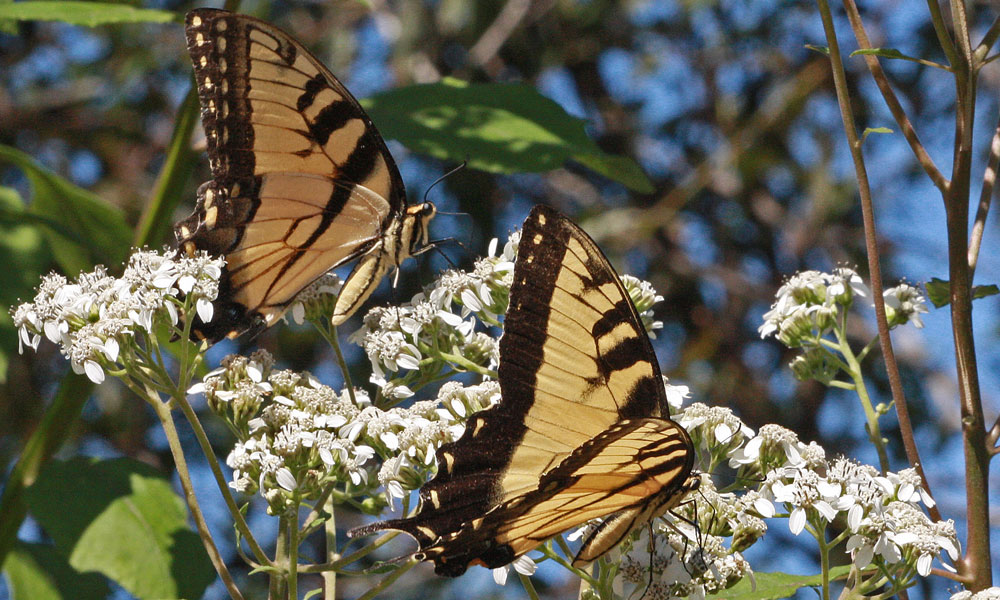
Think diversity
Diversity is key when planning a habitat. Using the plant guide below, start a list of species to consider. Select plants appropriate for your region. Include sunny-location wildflowers that can adapt to lower light levels, as well as those that spread by roots, making excellent groundcovers. Medium-size perennial and annual wildflowers can be interplanted in the same bed to create more diversity. Larger flowering shrubs make an excellent background or accent planting.
Because most vines use trees or shrubs for support, they are common in shady locations. Trellised vines can be an attractive addition to a shady landscape, but keep in mind the potential for vines to spread by underground roots.
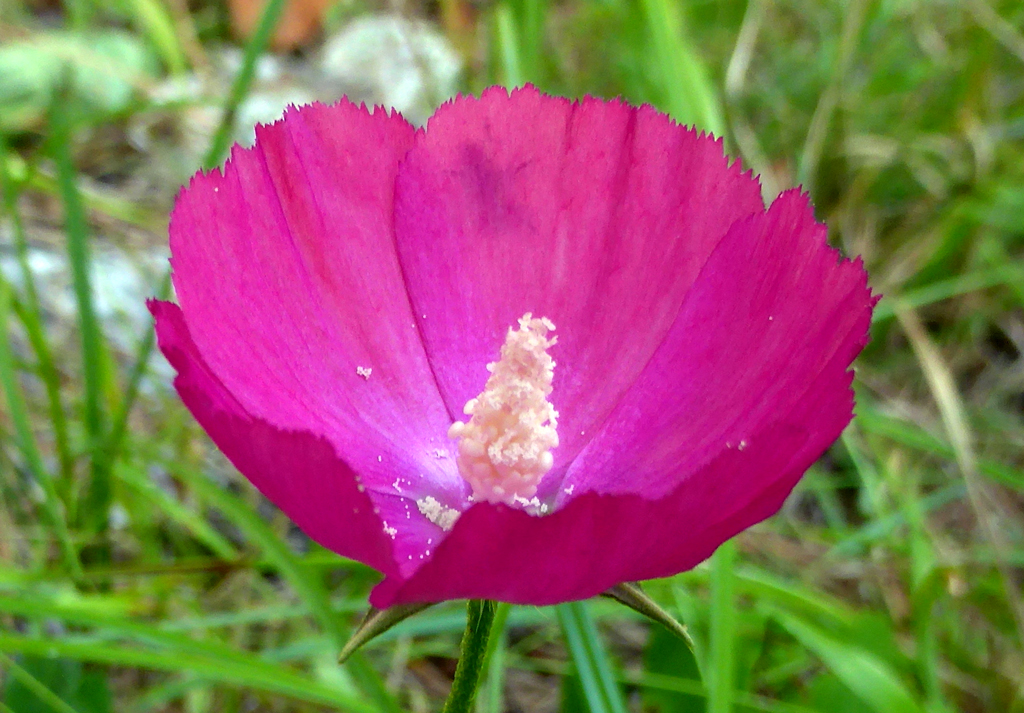
Planting and maintance
Wildflowers can be planted any time of year. Be prepared to keep them watered for two to three weeks as roots establish and to water as needed during dry periods. Make sure tree roots allow plants to be installed at a depth of 6 to 12 inches so roots can develop.
There’s no need to apply fertilizer or add mulch. Most shaded areas will have a natural mulch of leaves or pine needles. Adding mulch may impede drainage, causing your plants to decline.
After a season of growth and flowering, the upright stems of perennial wildflowers can be trimmed to the base. However, try to leave dried stems and leaves and delay garden cleanup until early spring to provide valuable overwintering habitat for beneficial insects.
Leave flowerheads to dry naturally and release seeds for future seedlings. Birds will also enjoy them.
Plan for success
- Evaluate the number of hours of shade or sunlight in the area you intend to plant. Is it partly shaded, receiving two to four hours of sunlight, or fully shaded, receiving less than two hours of sun daily?
- Determine tree root interference. Wildflowers need a soil depth of 6 to 12 inches for root development.
- Remove competitive weeds, vines and grasses from the planting area.
- Check soil moisture. Does the area drain well after rain, or does it hold moisture for 12 hours or more?
- Diversity is the key for a healthy sustainable native wildflower garden. What species will you include? Do you want native grasses as well?
